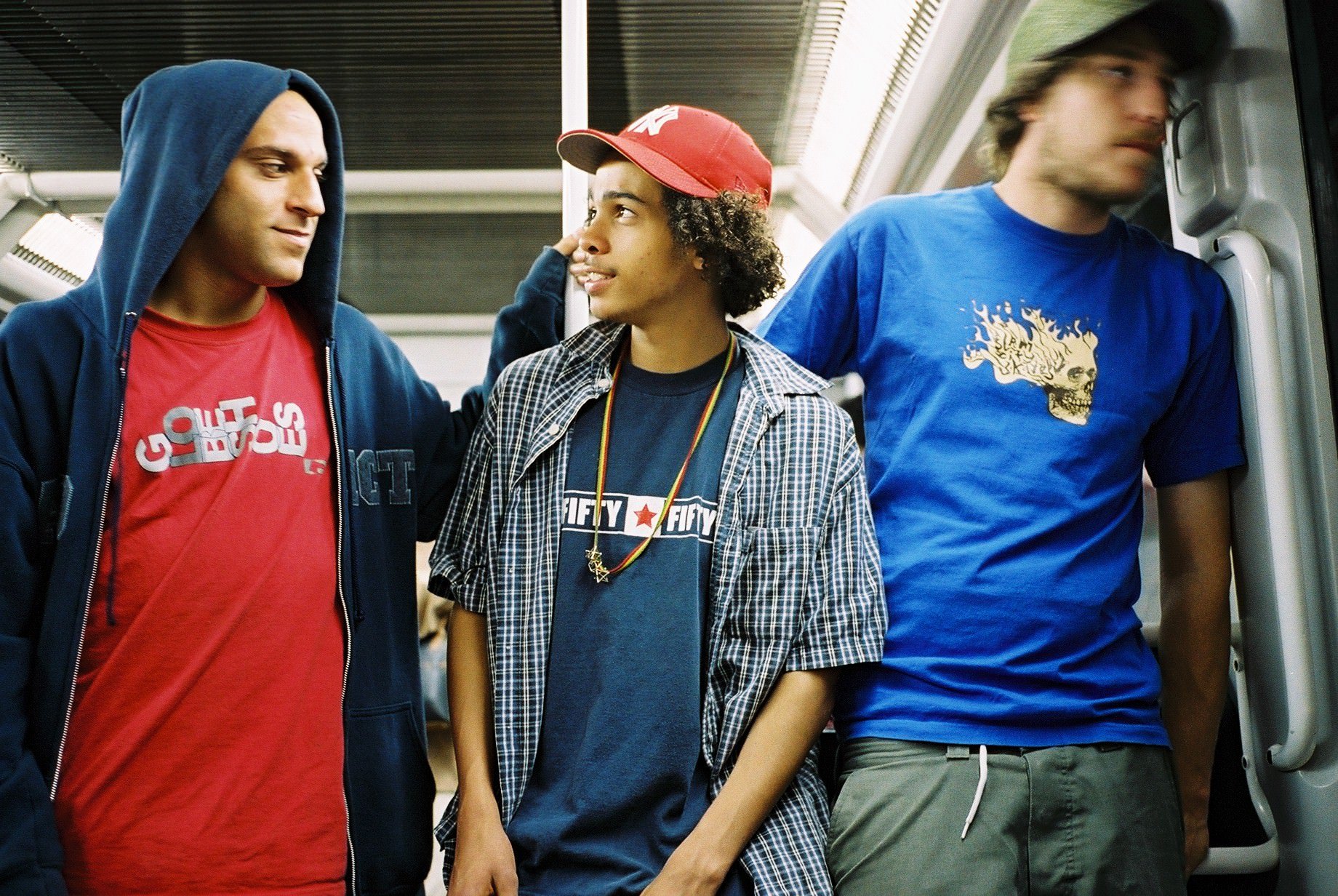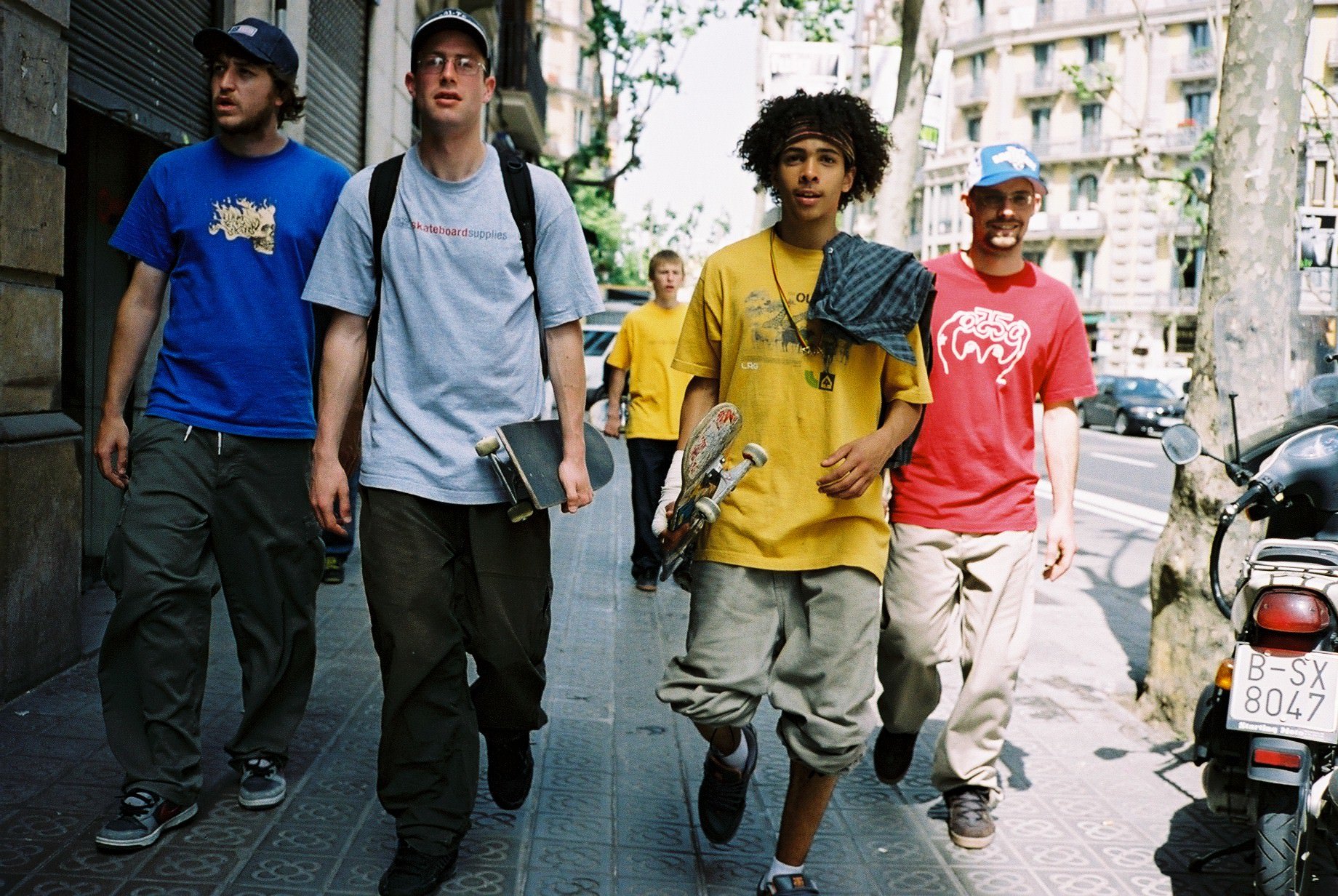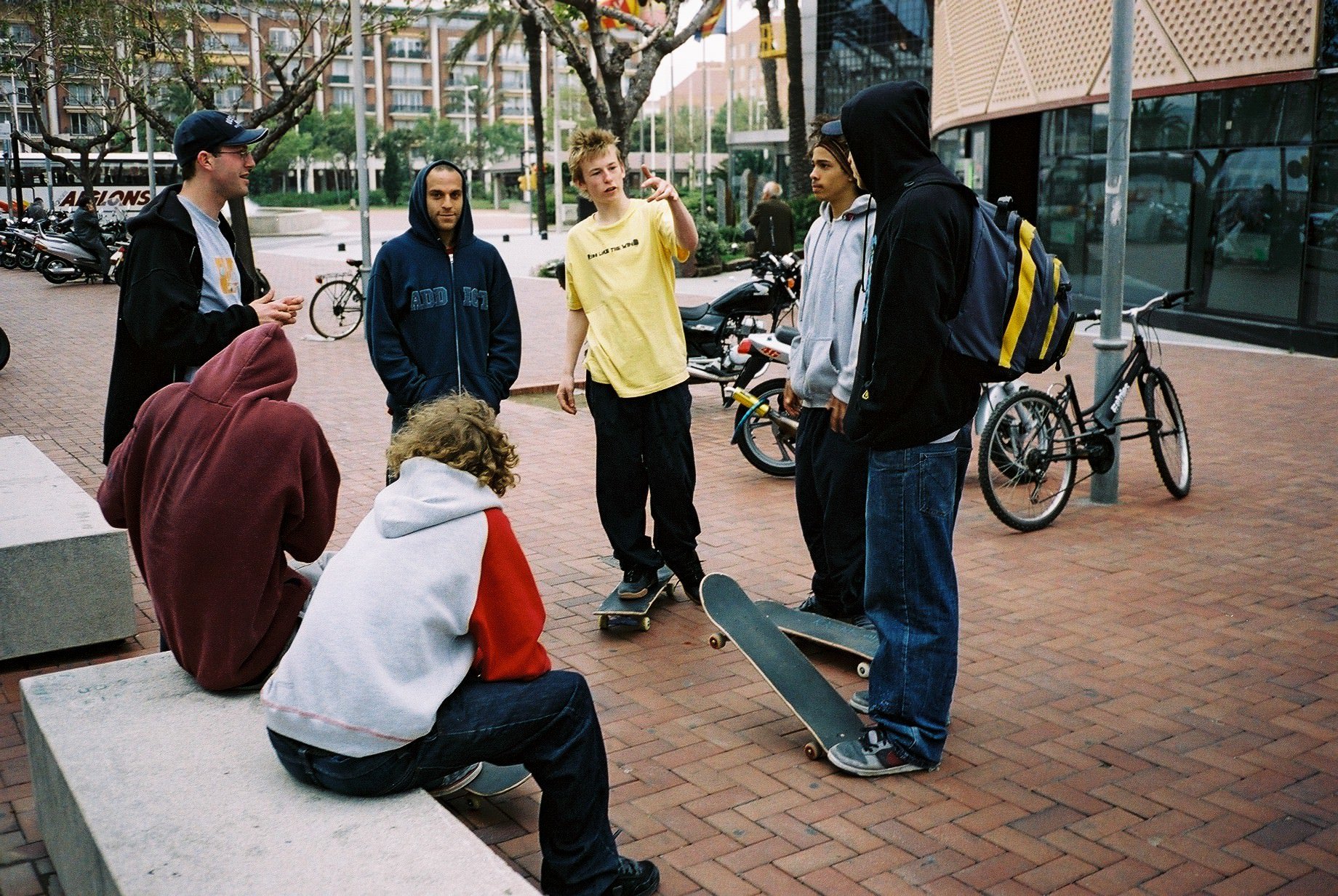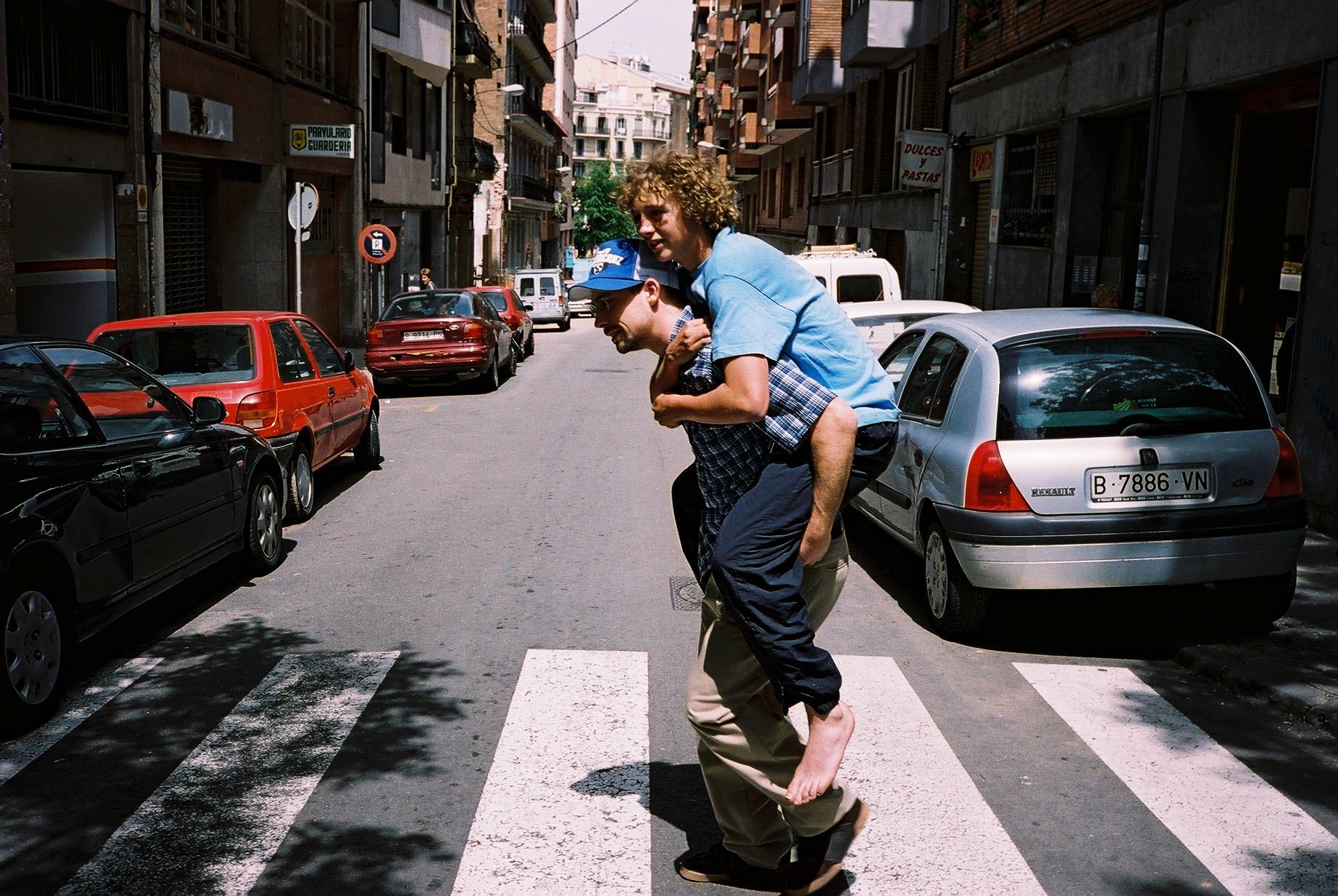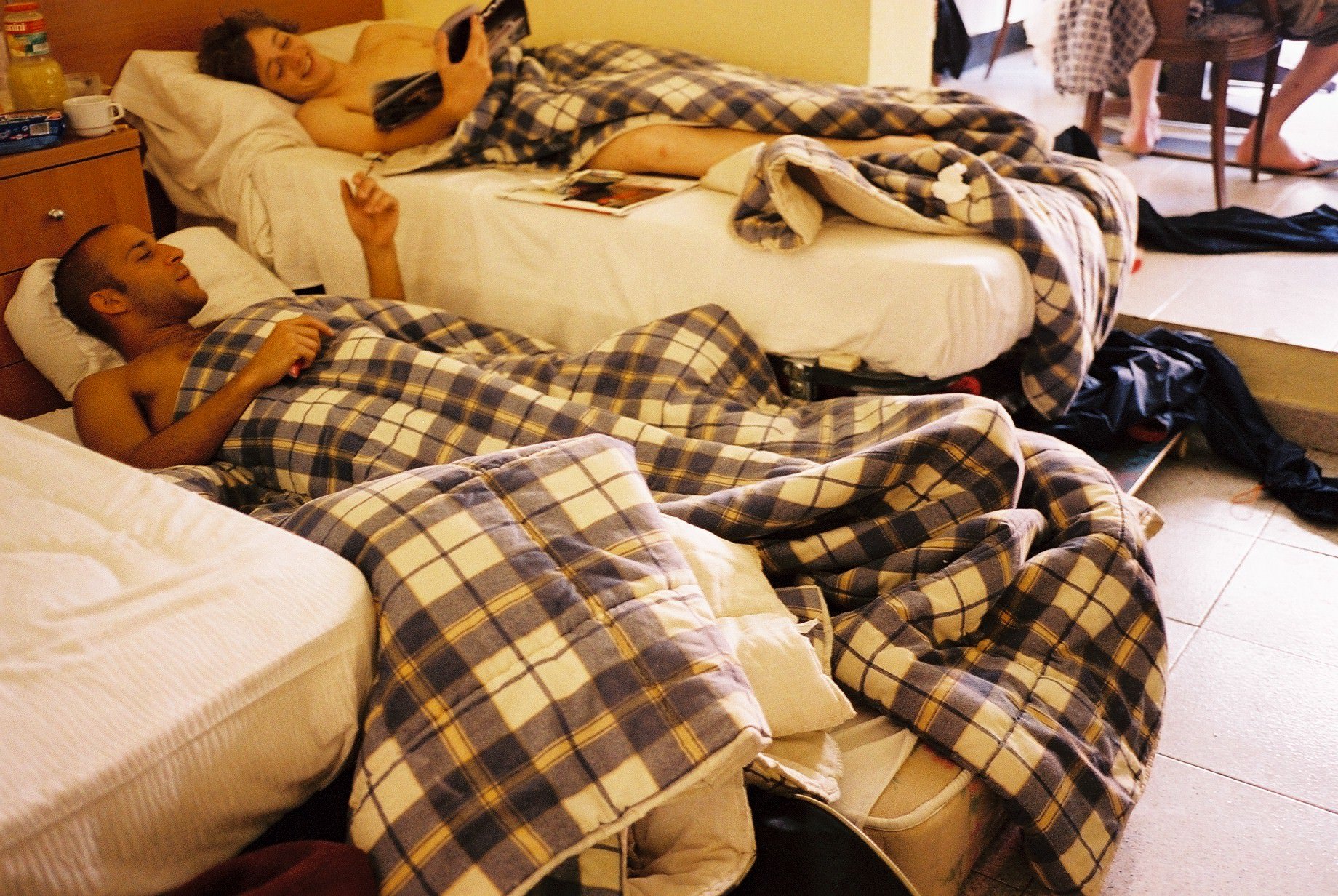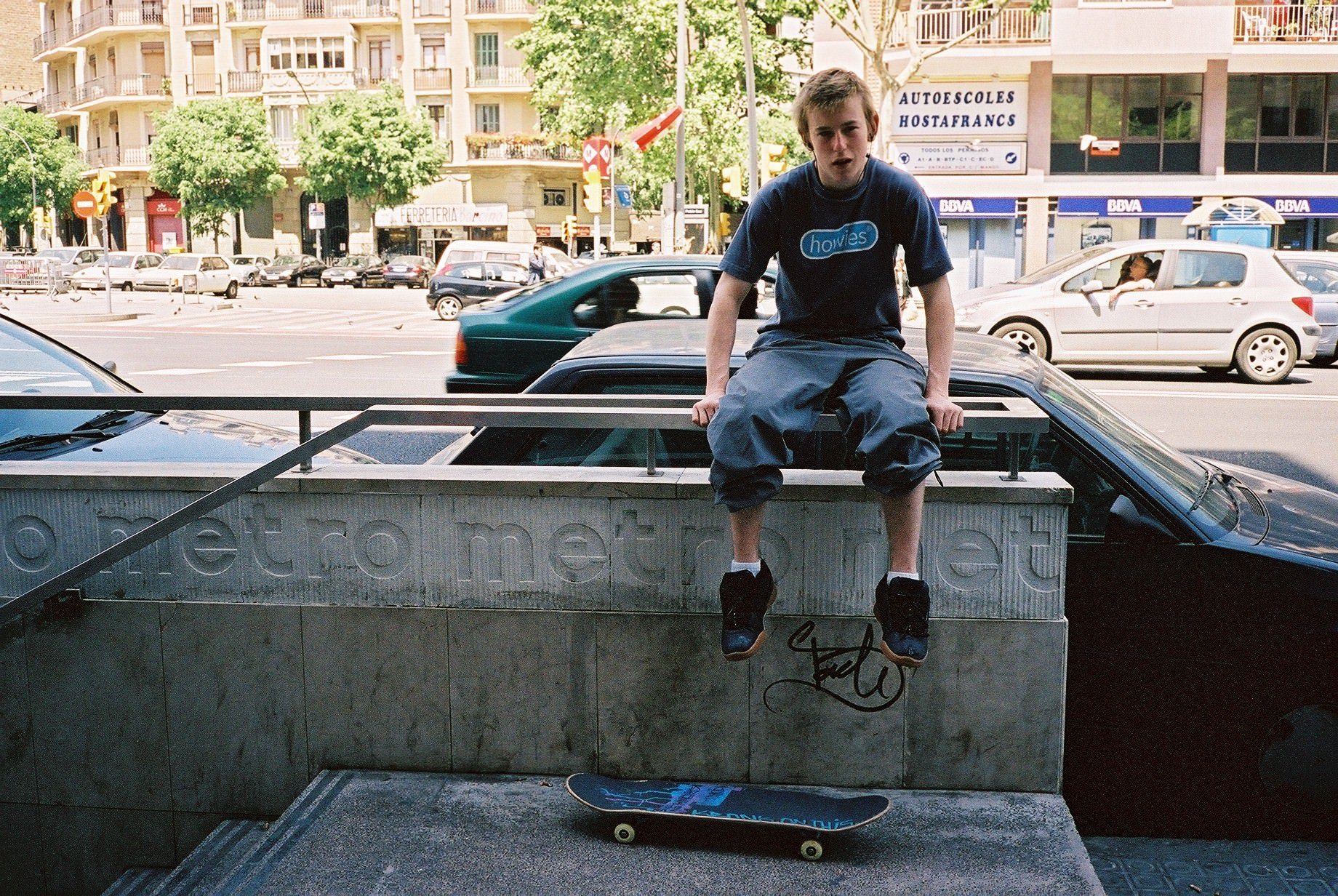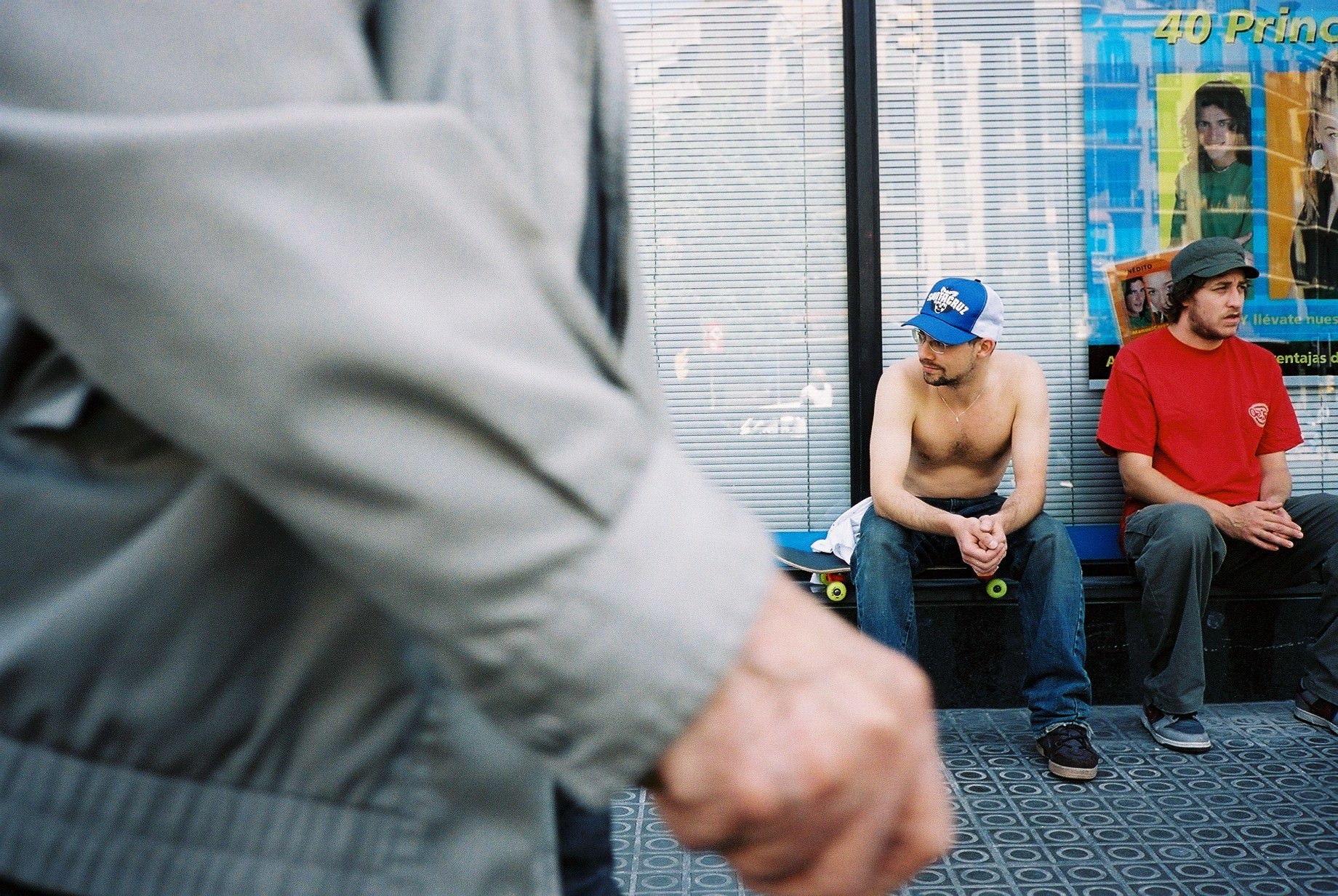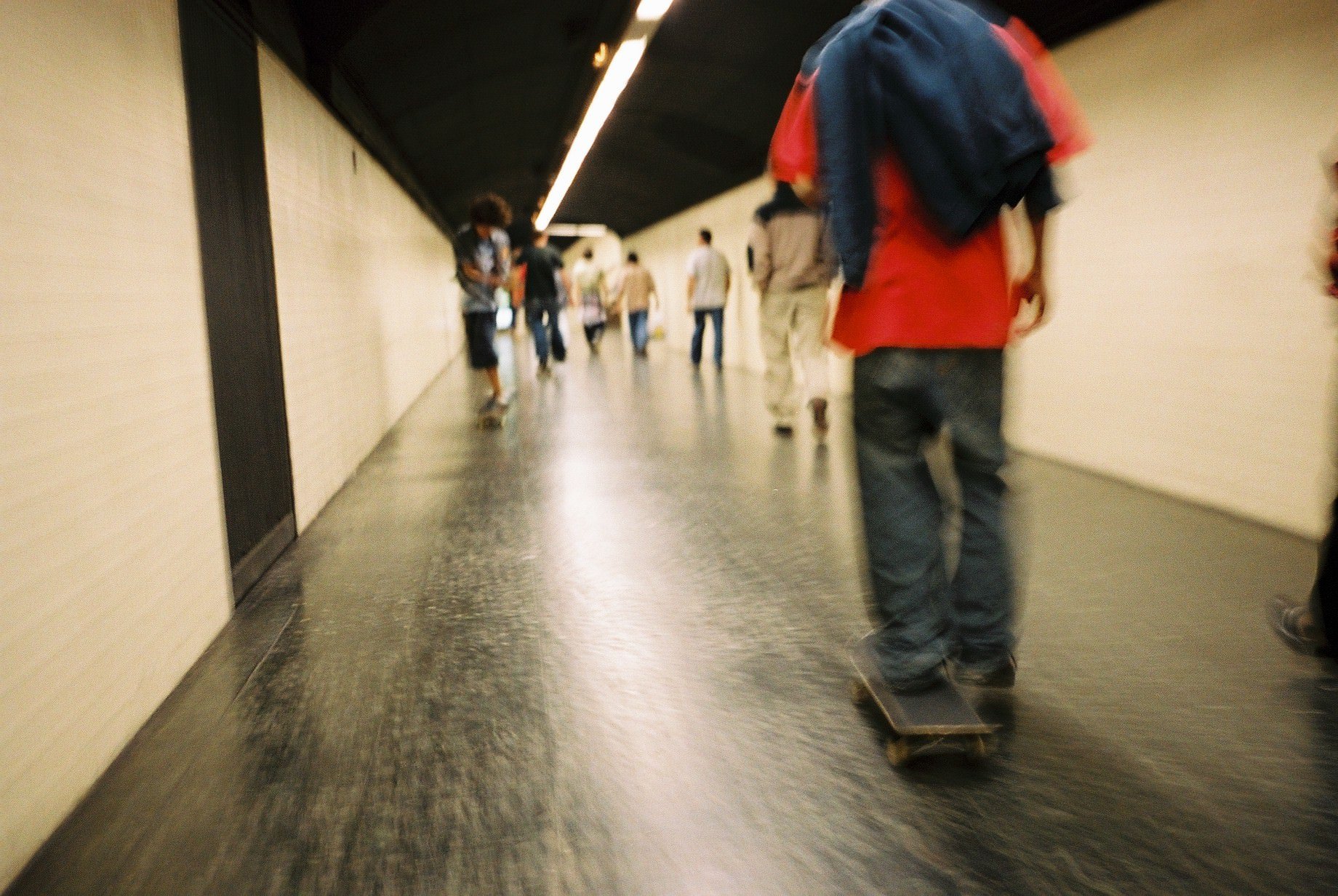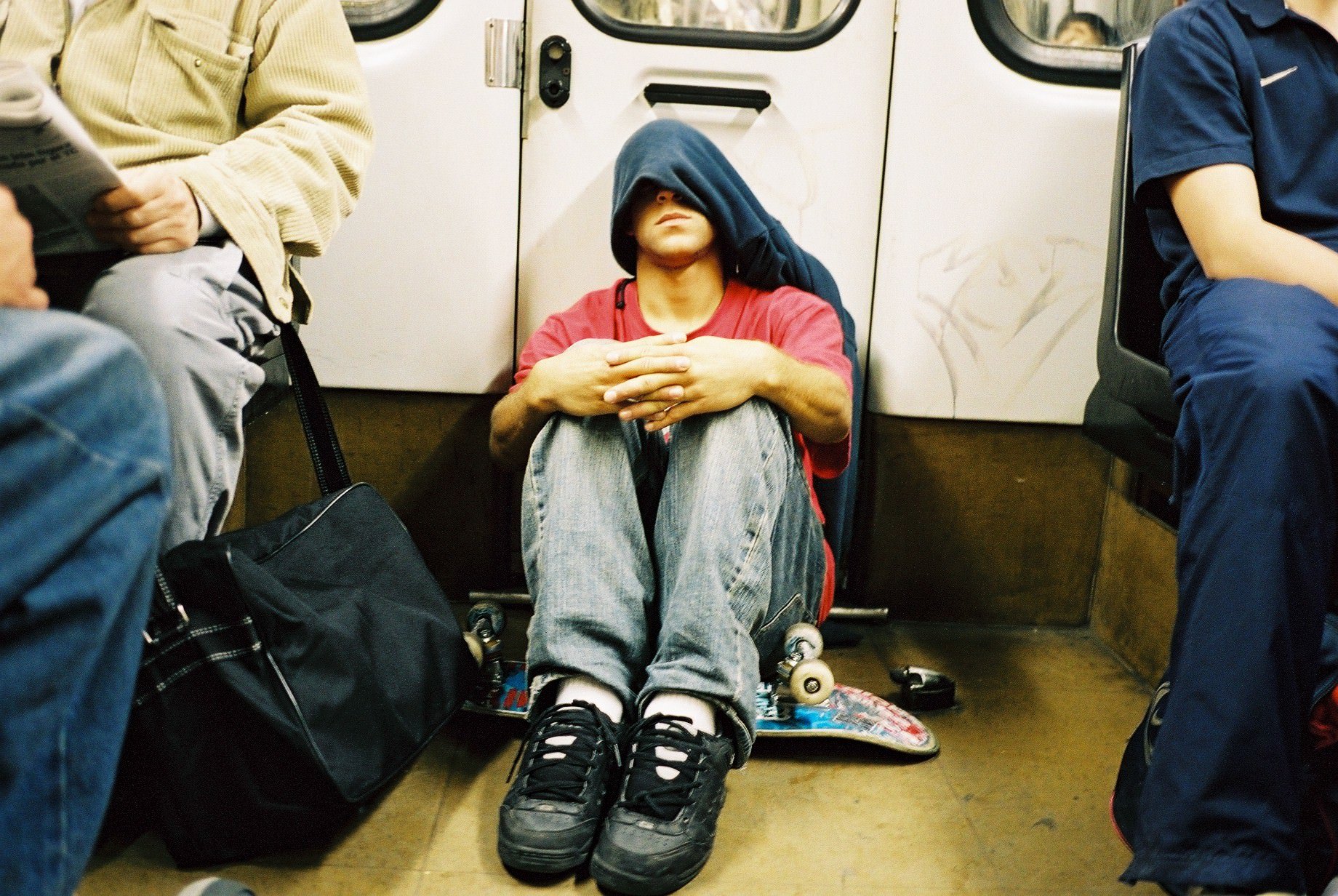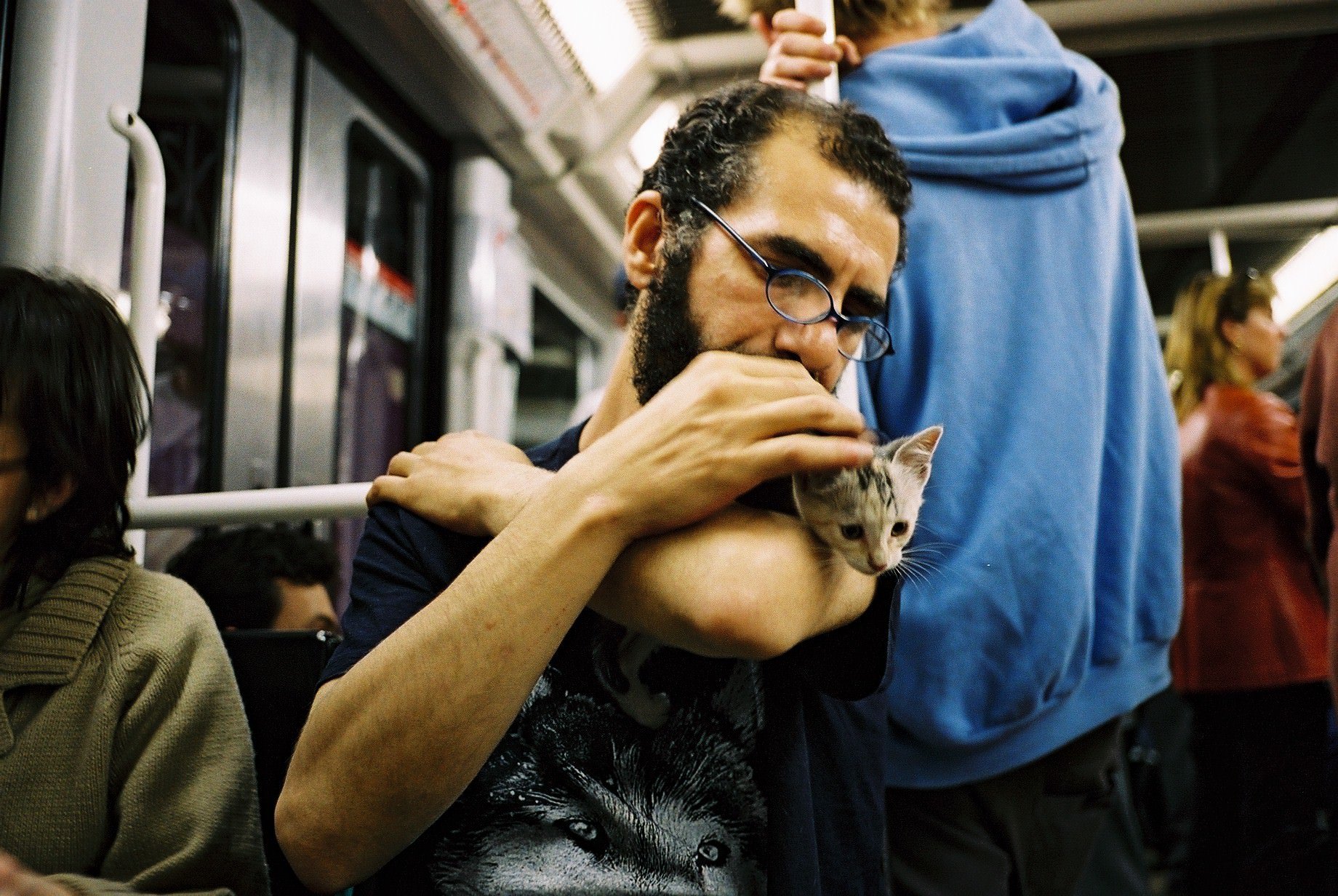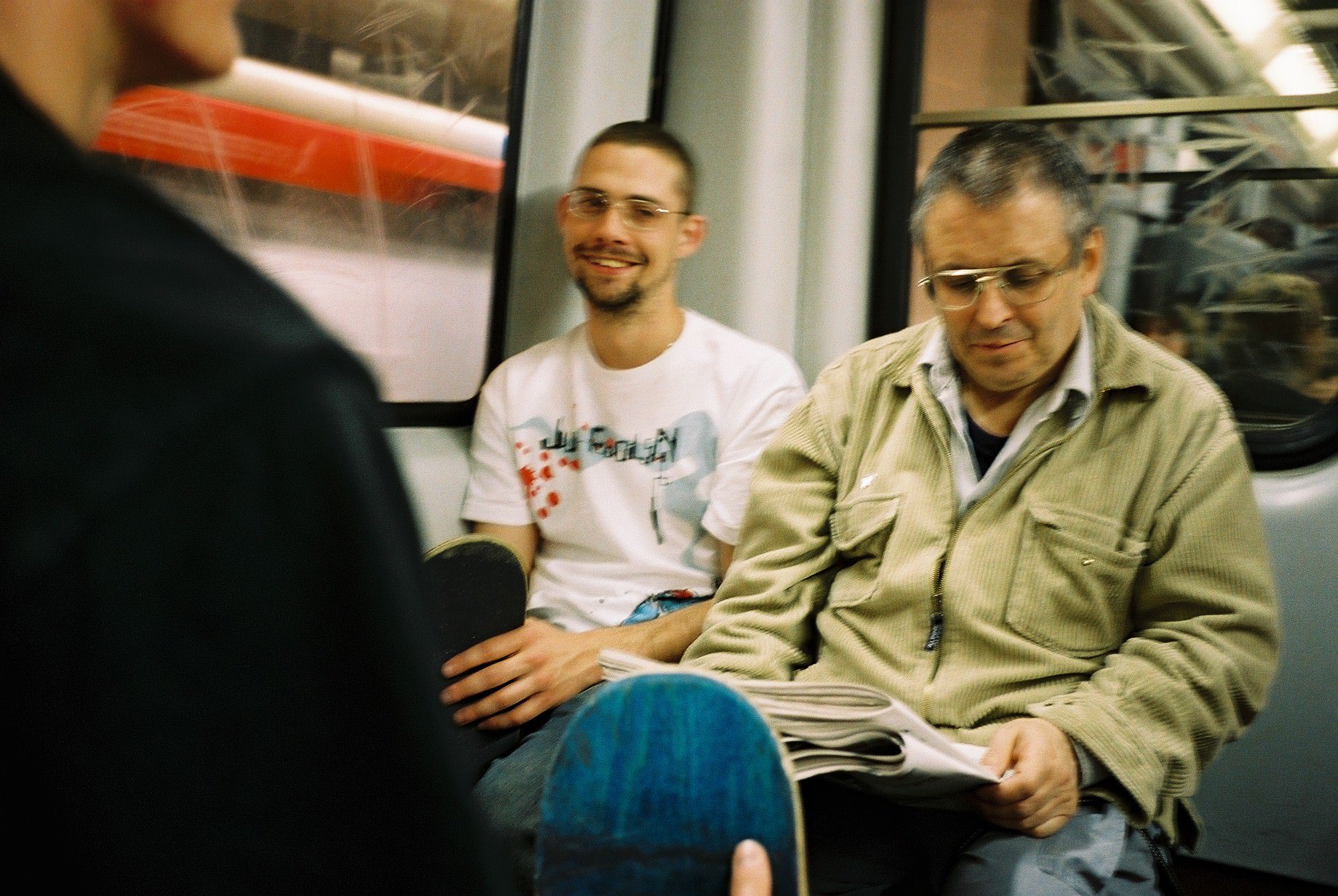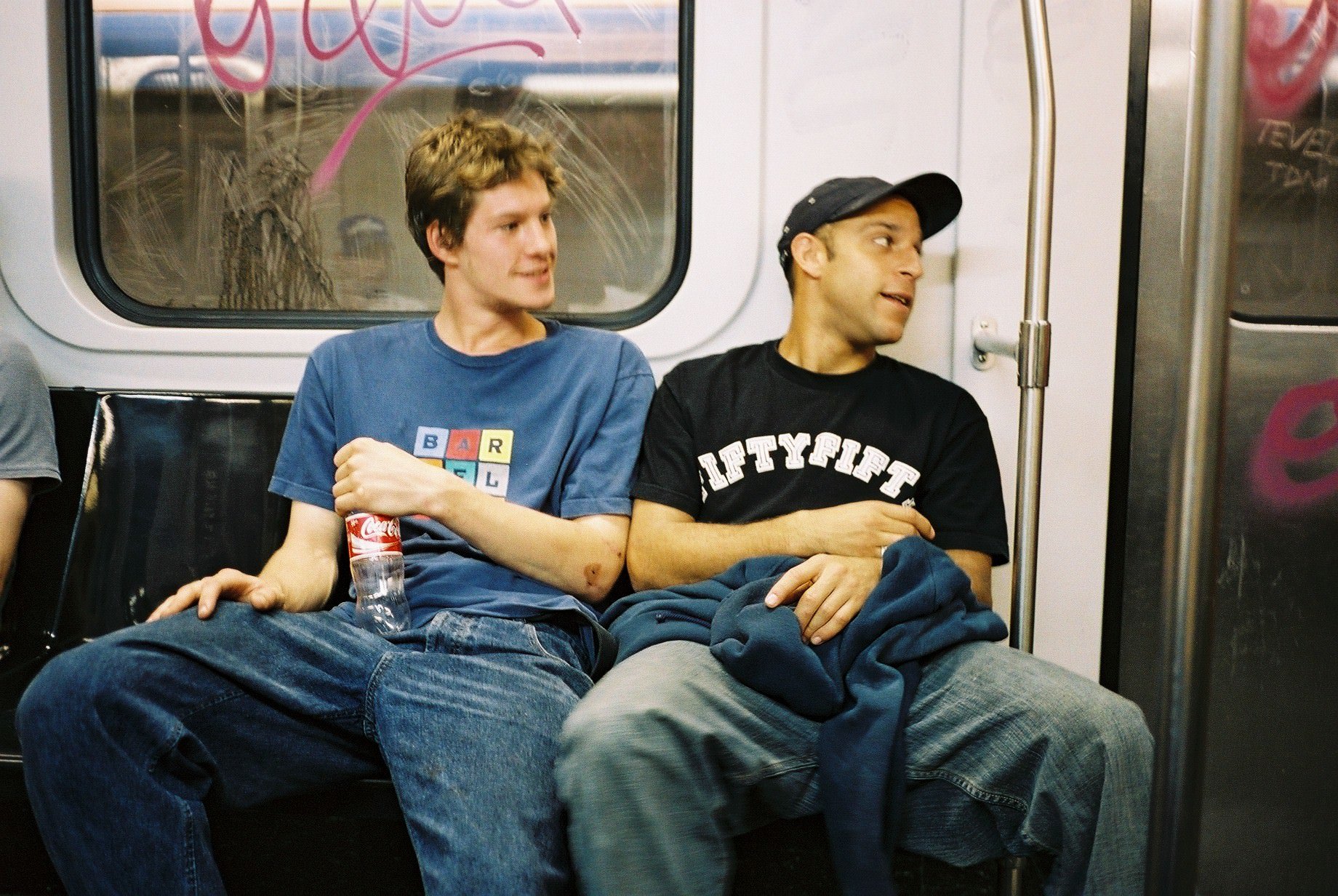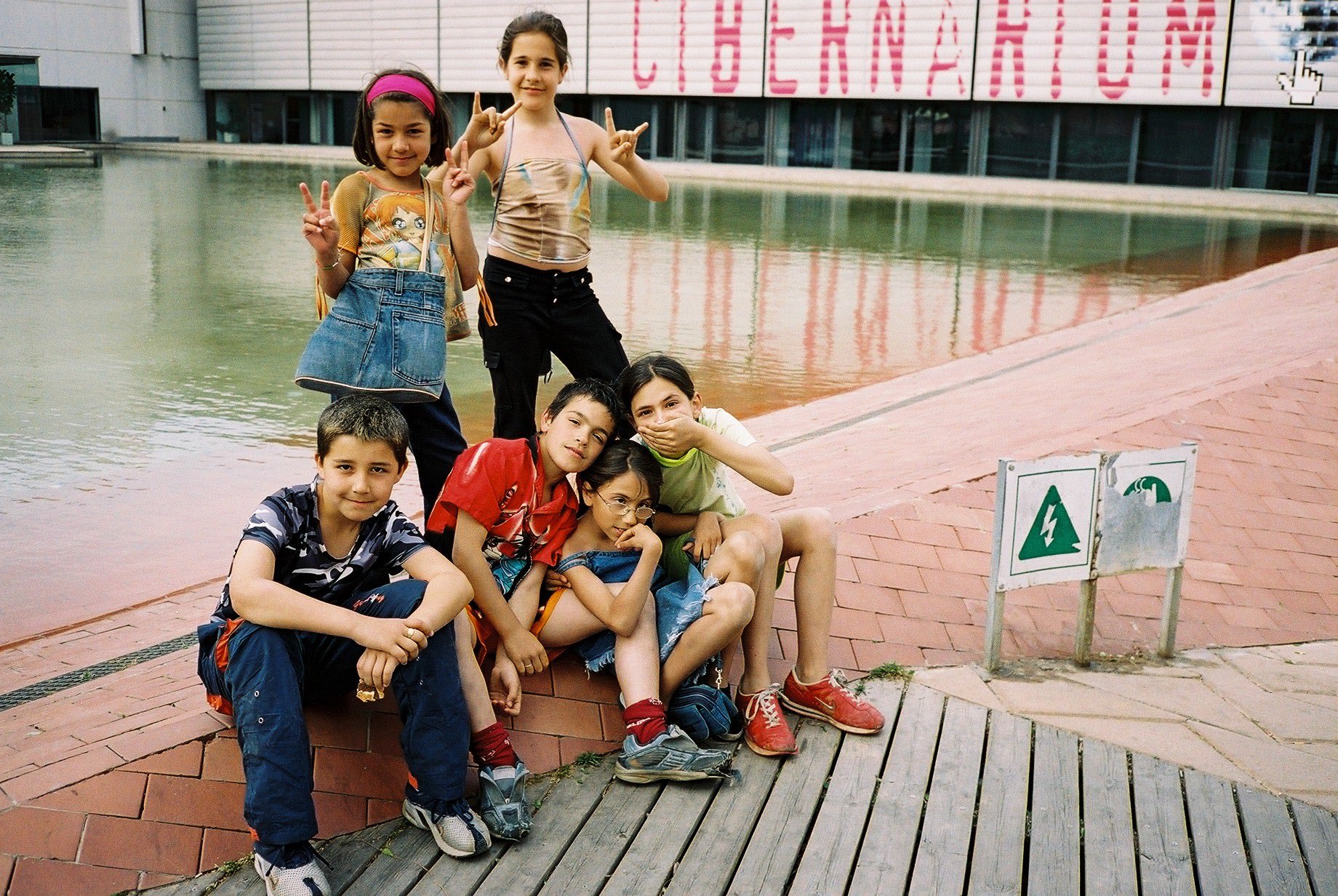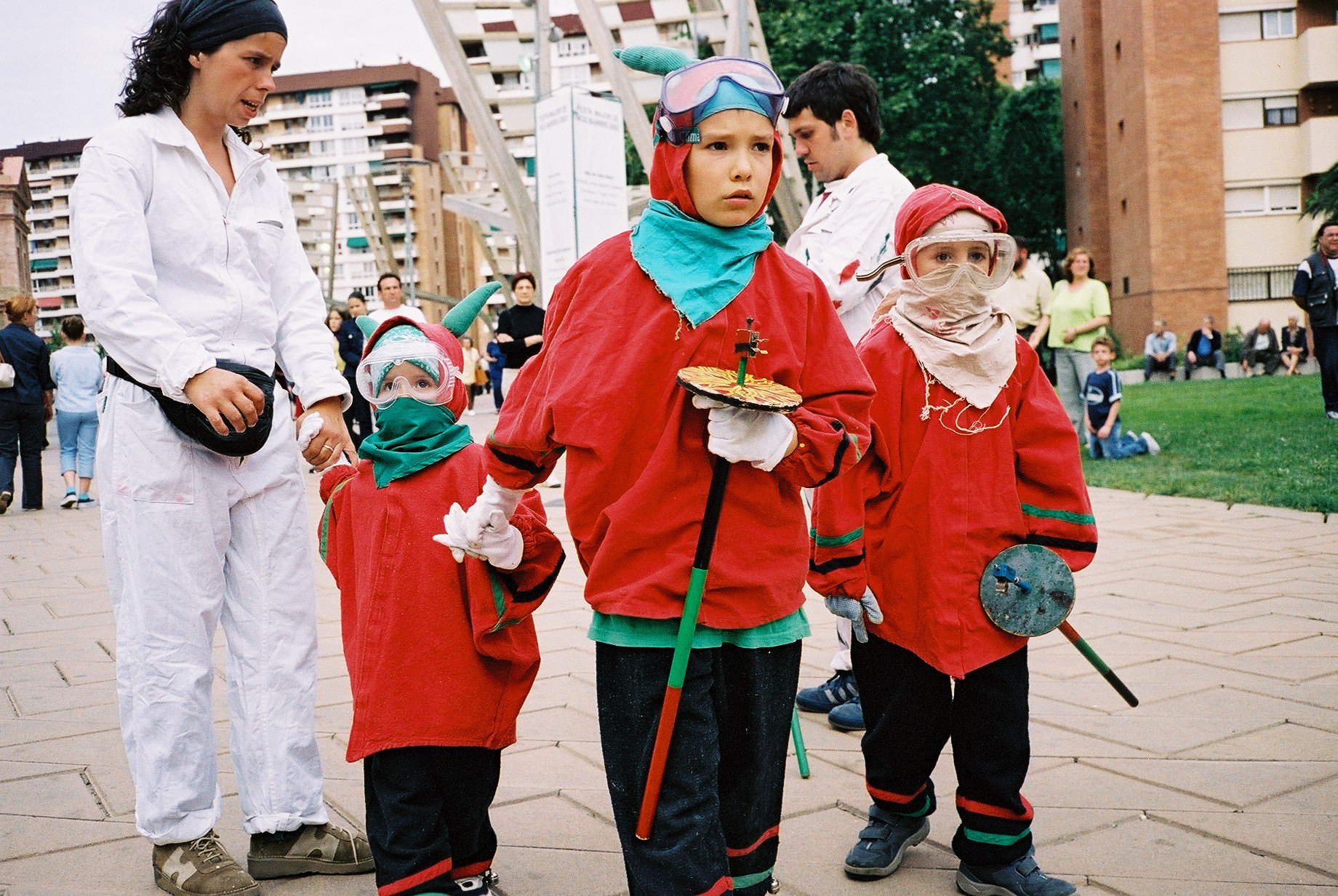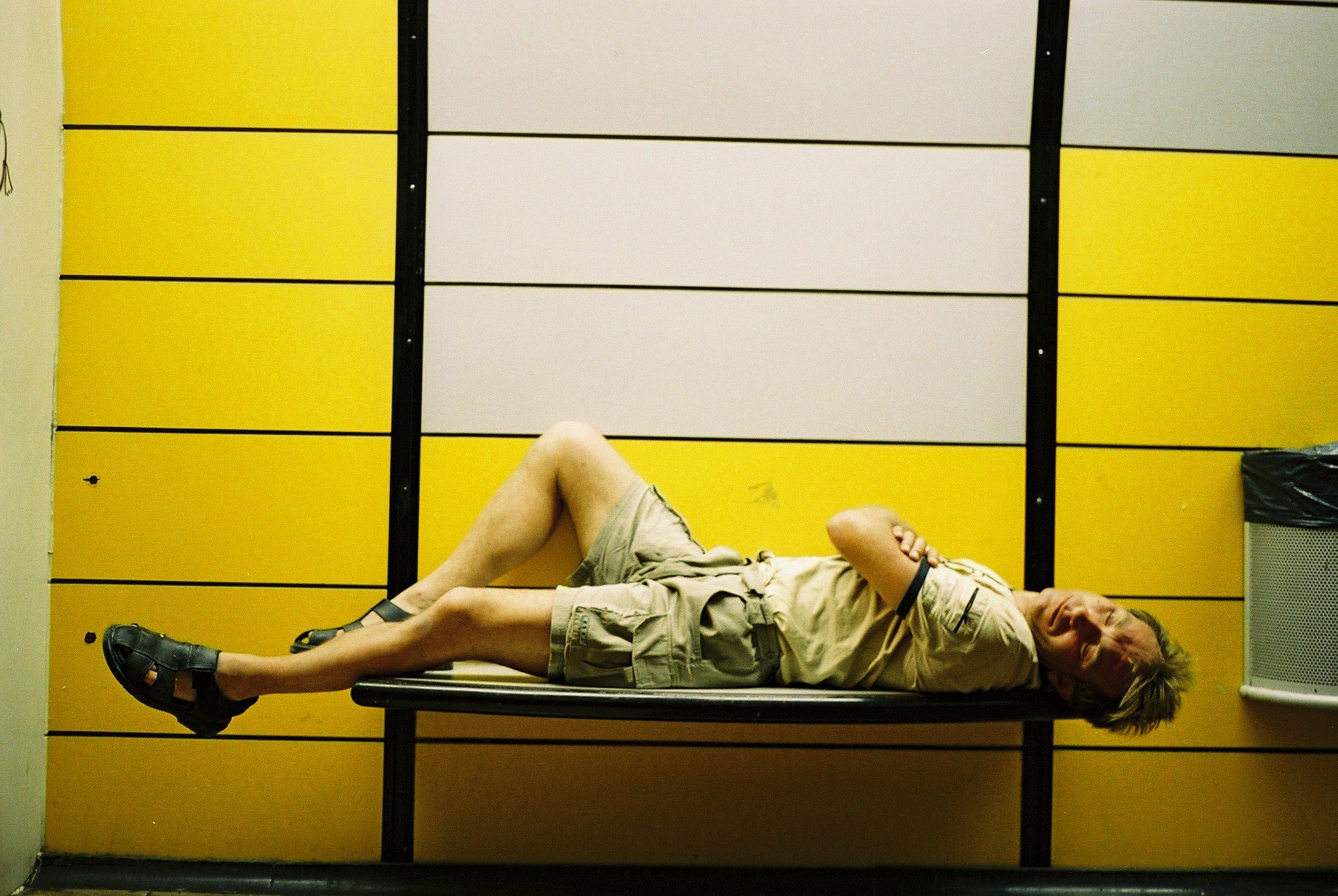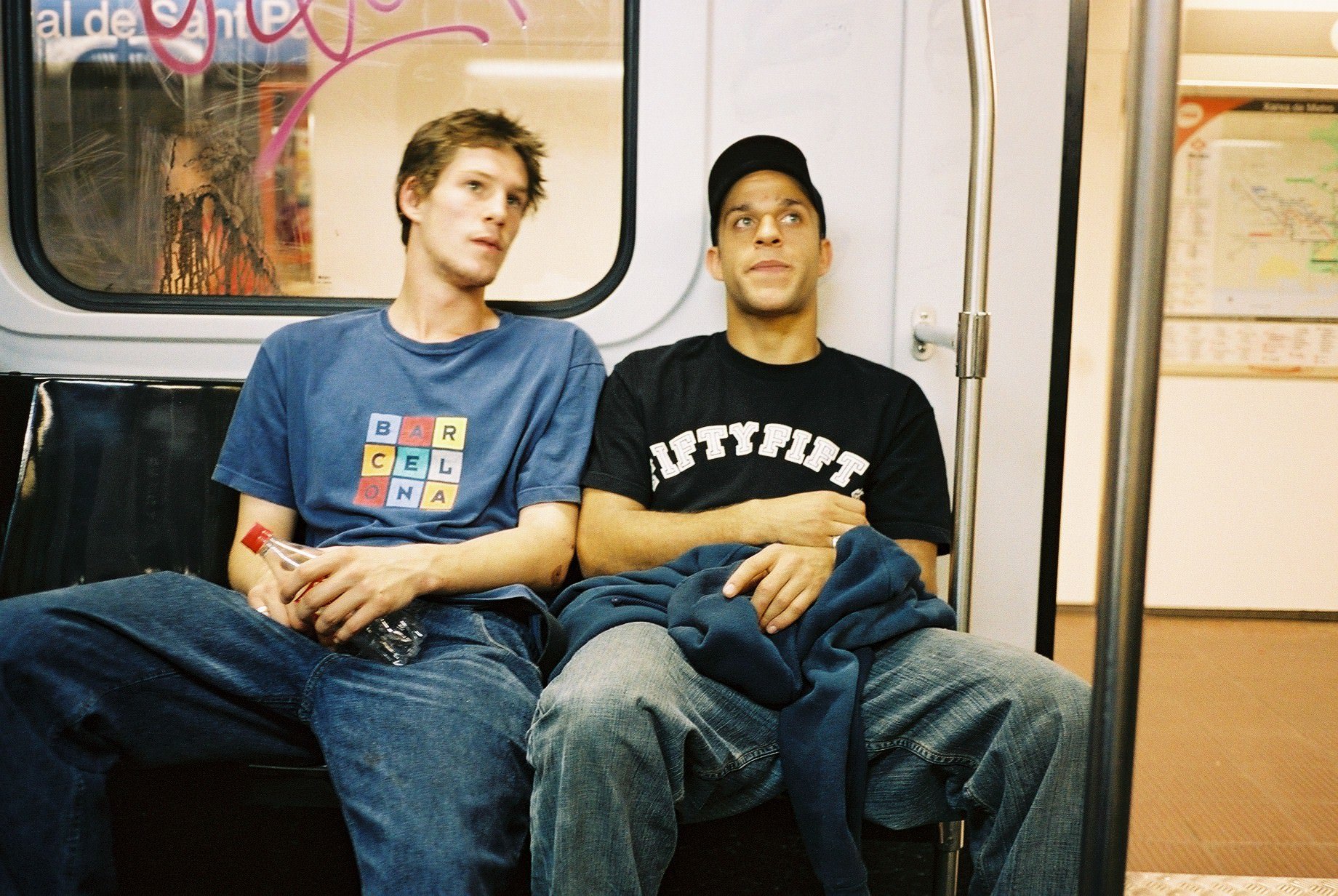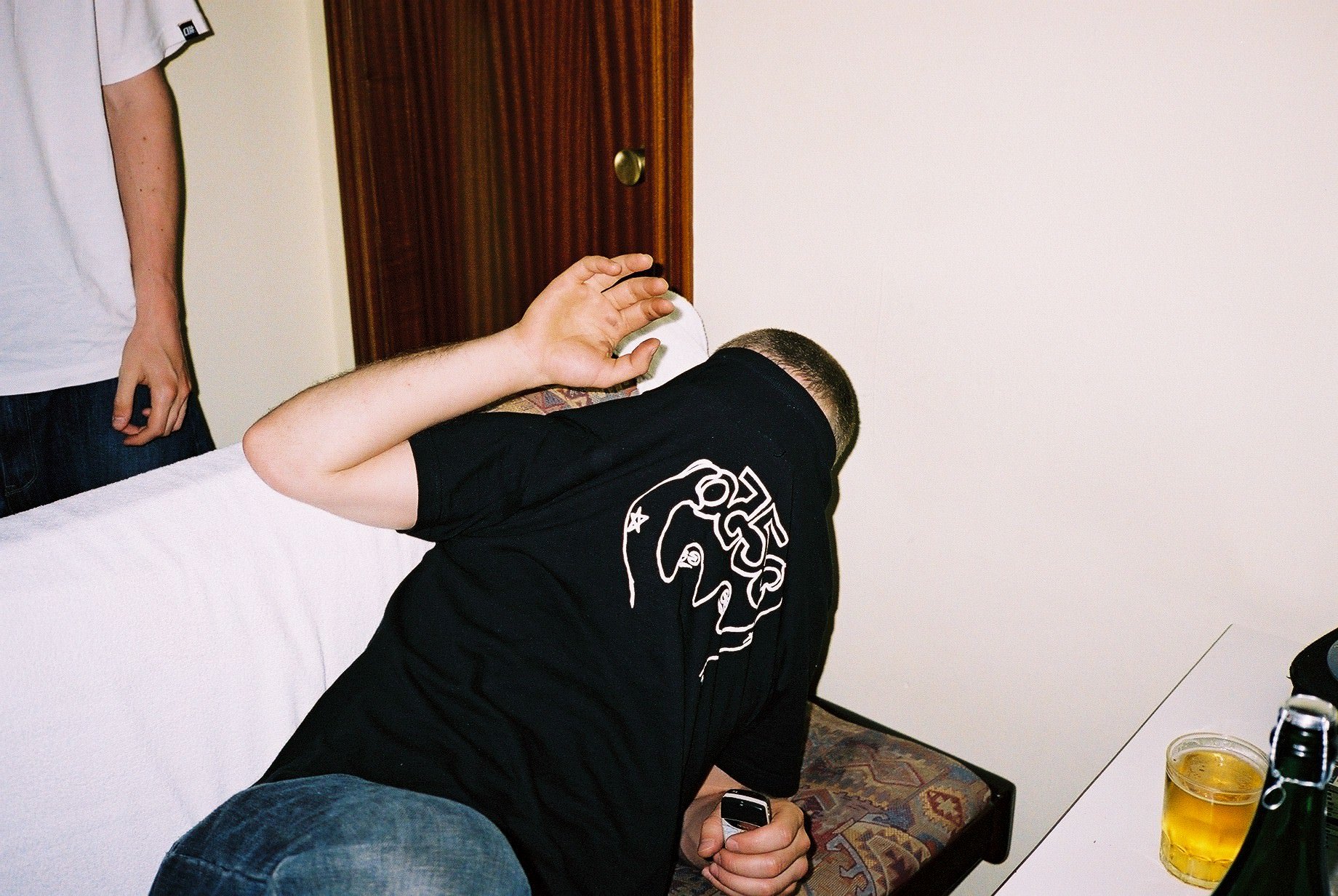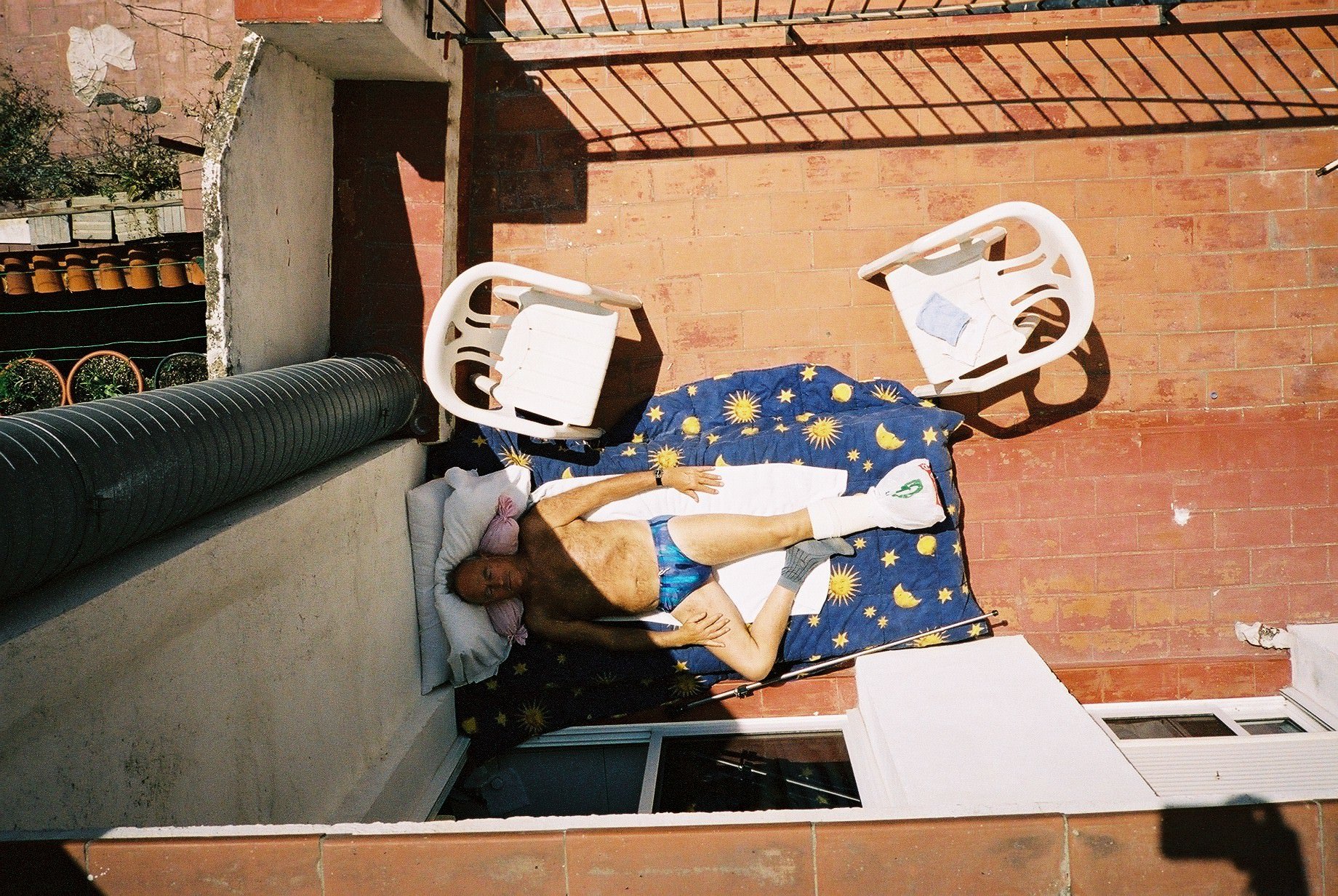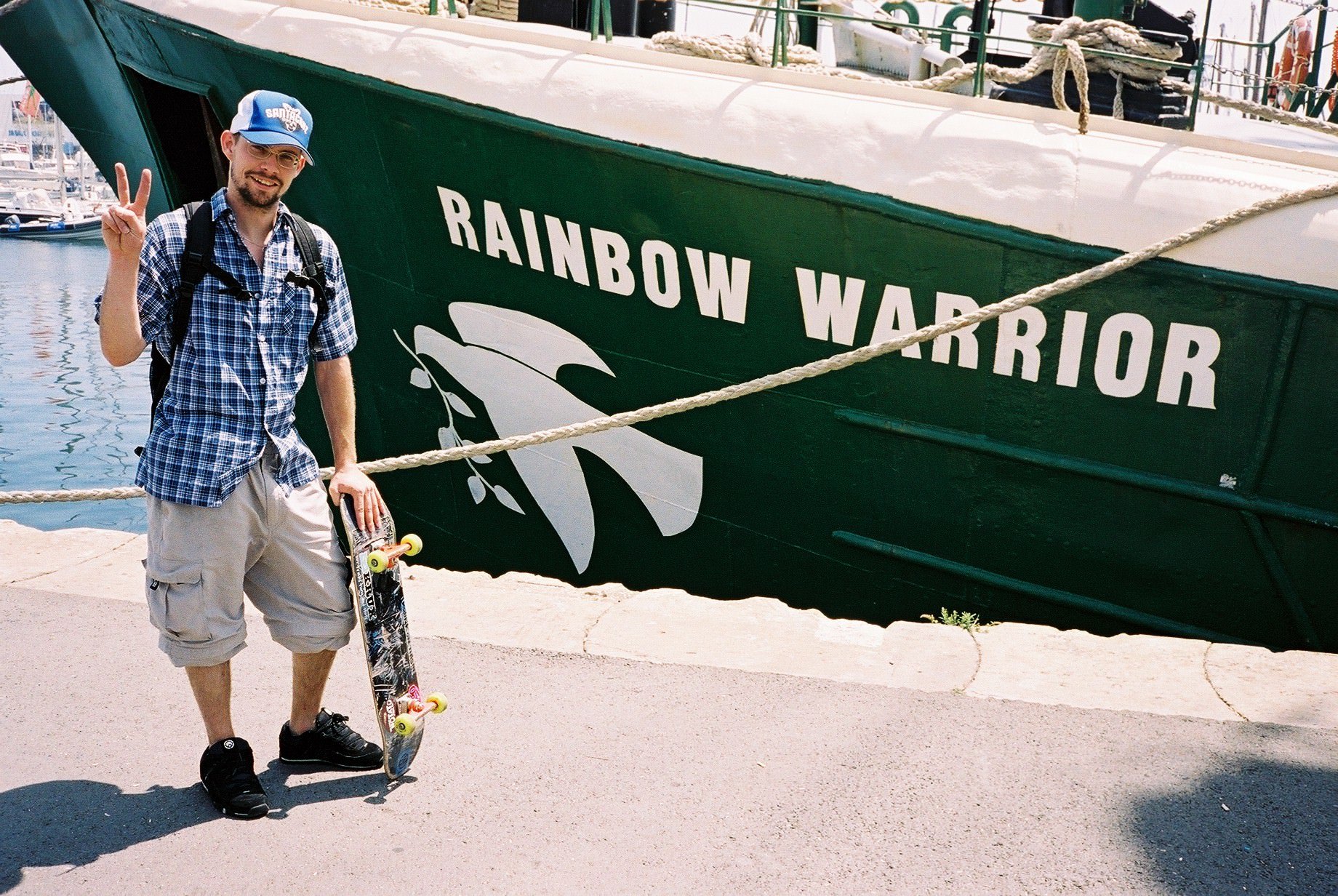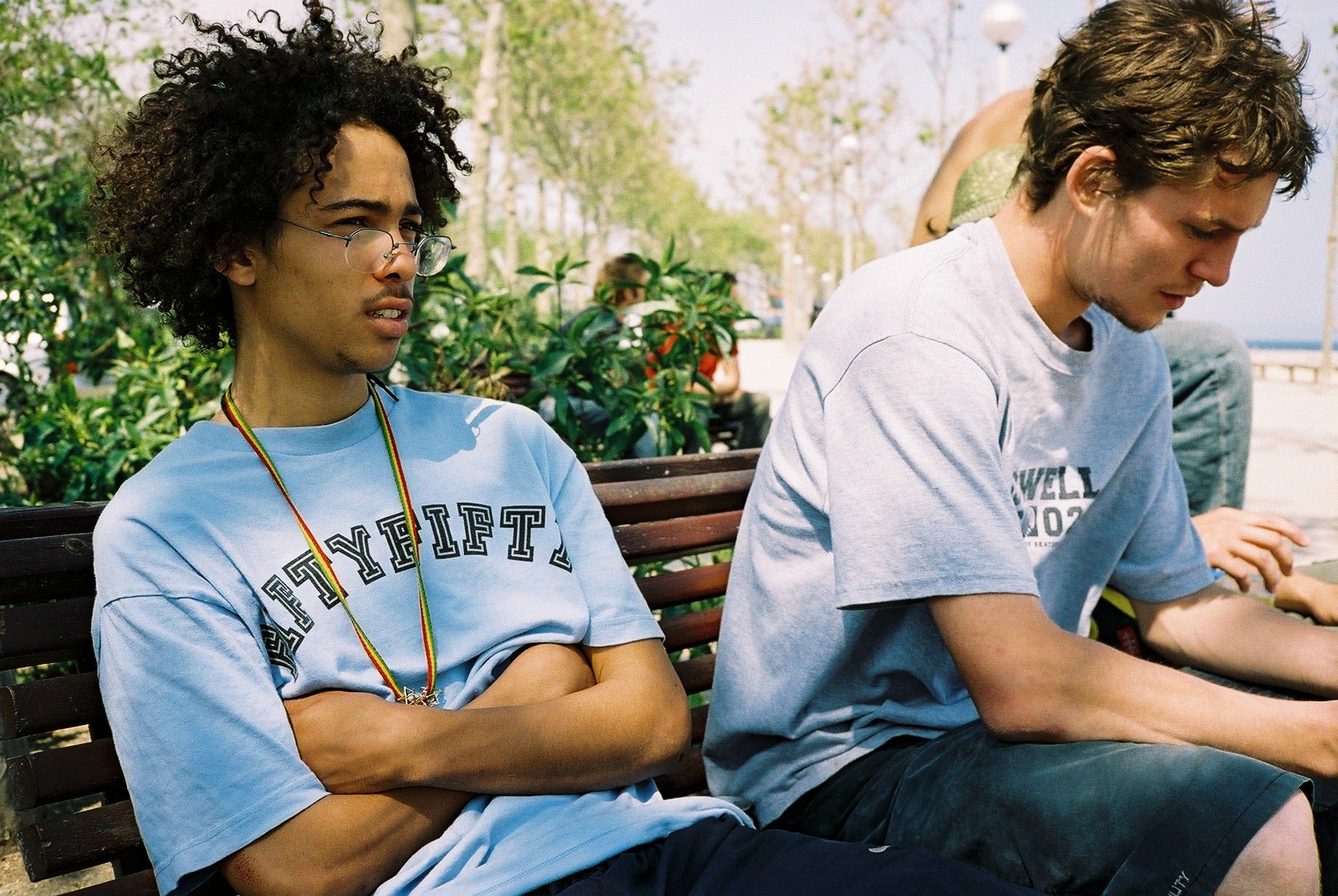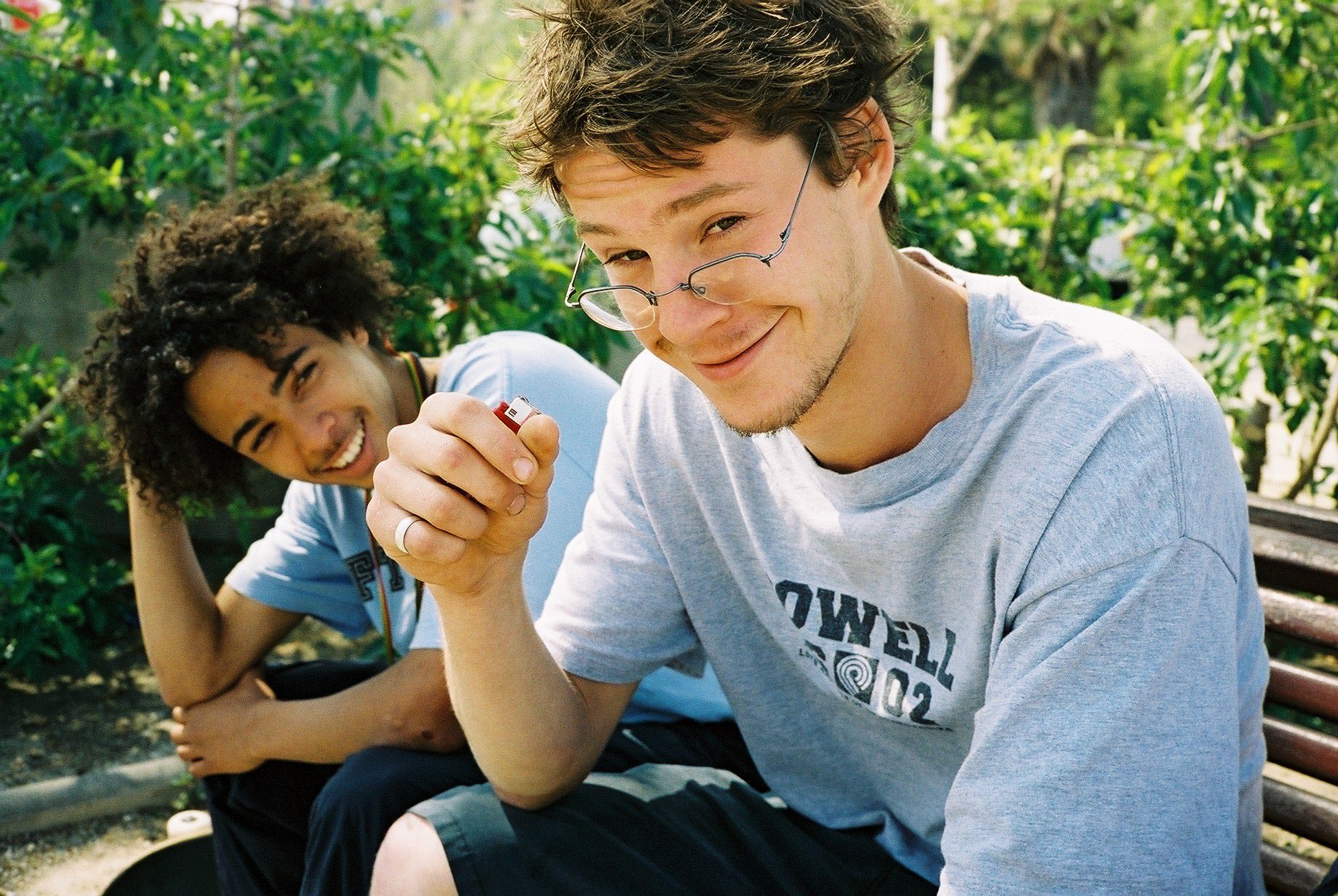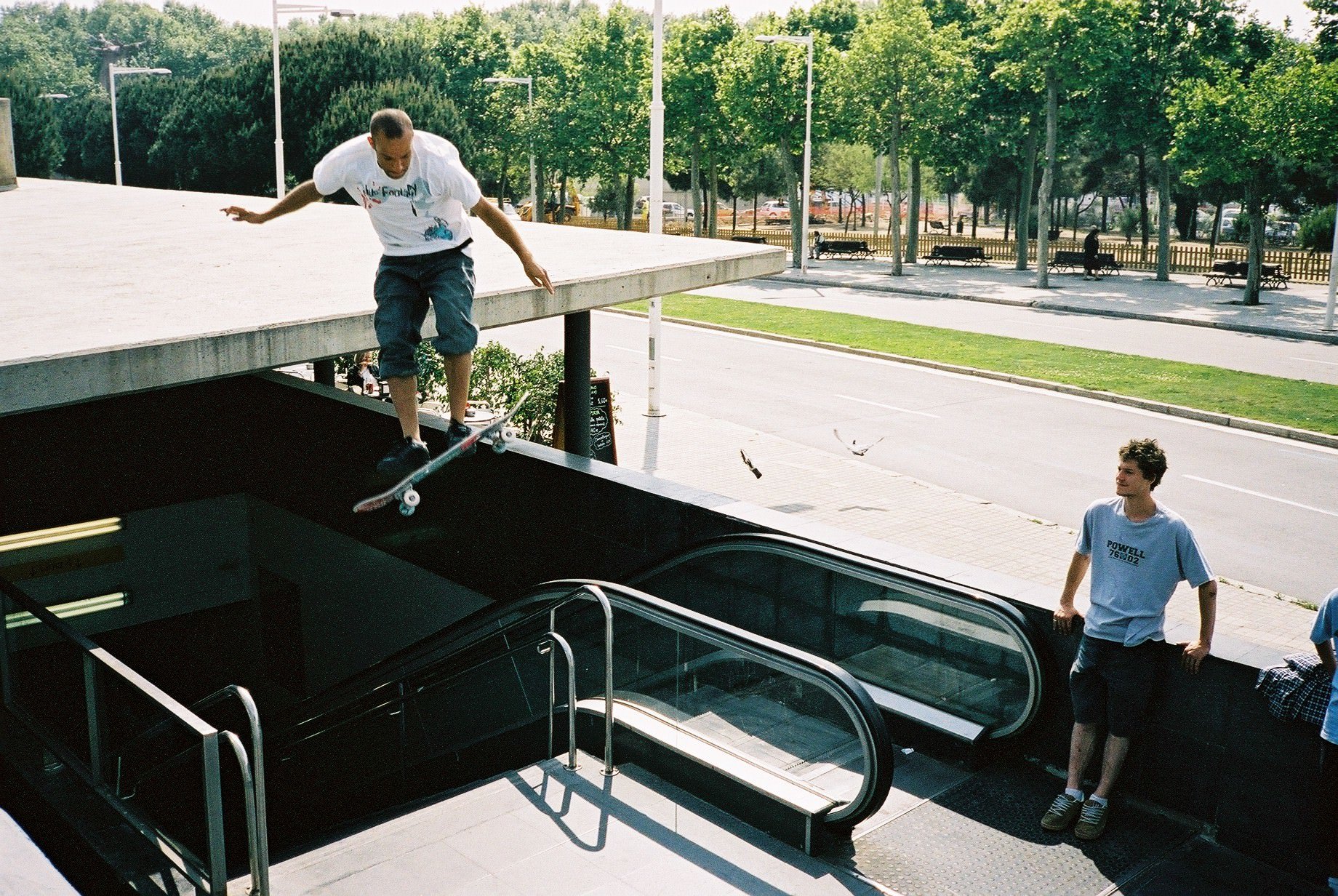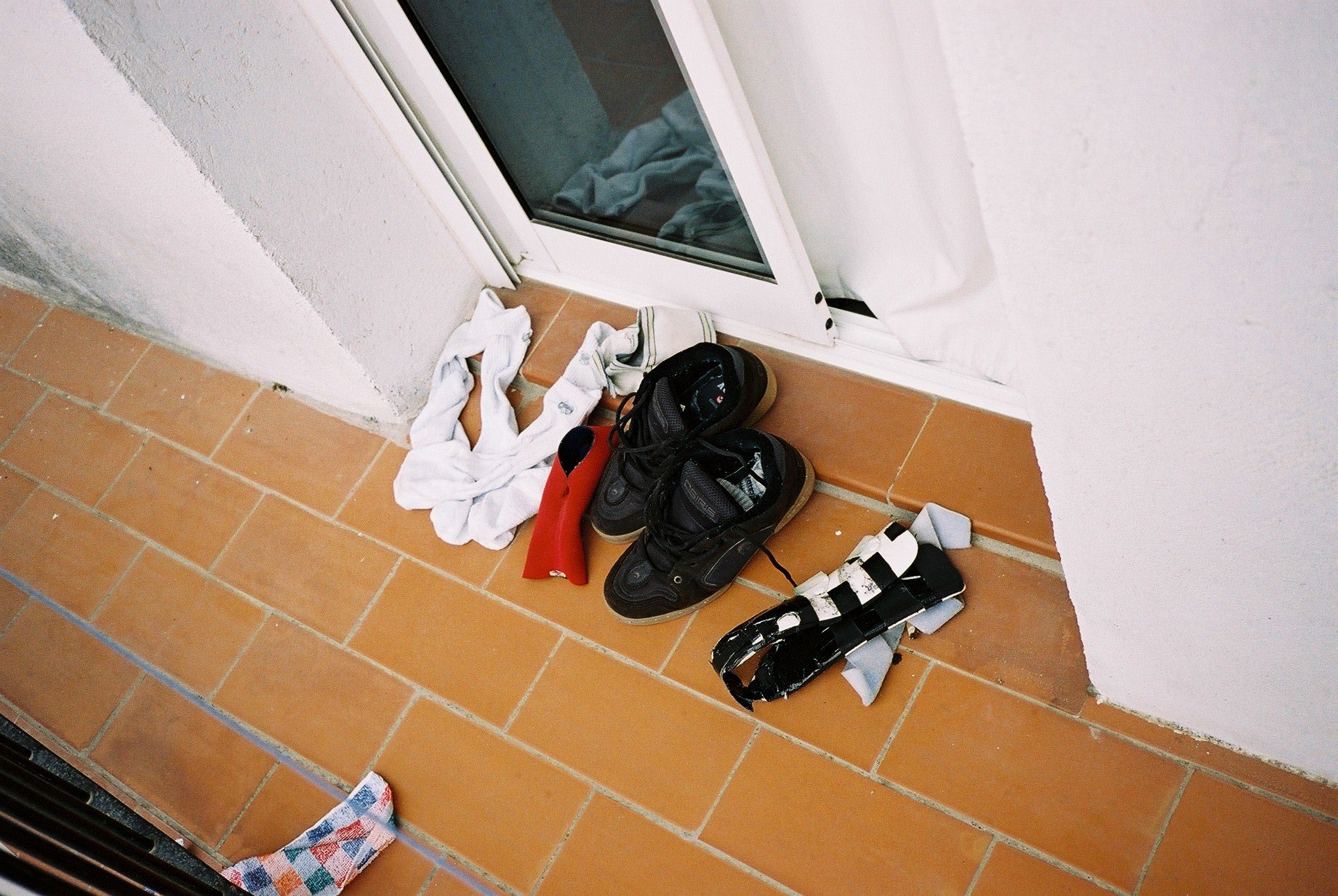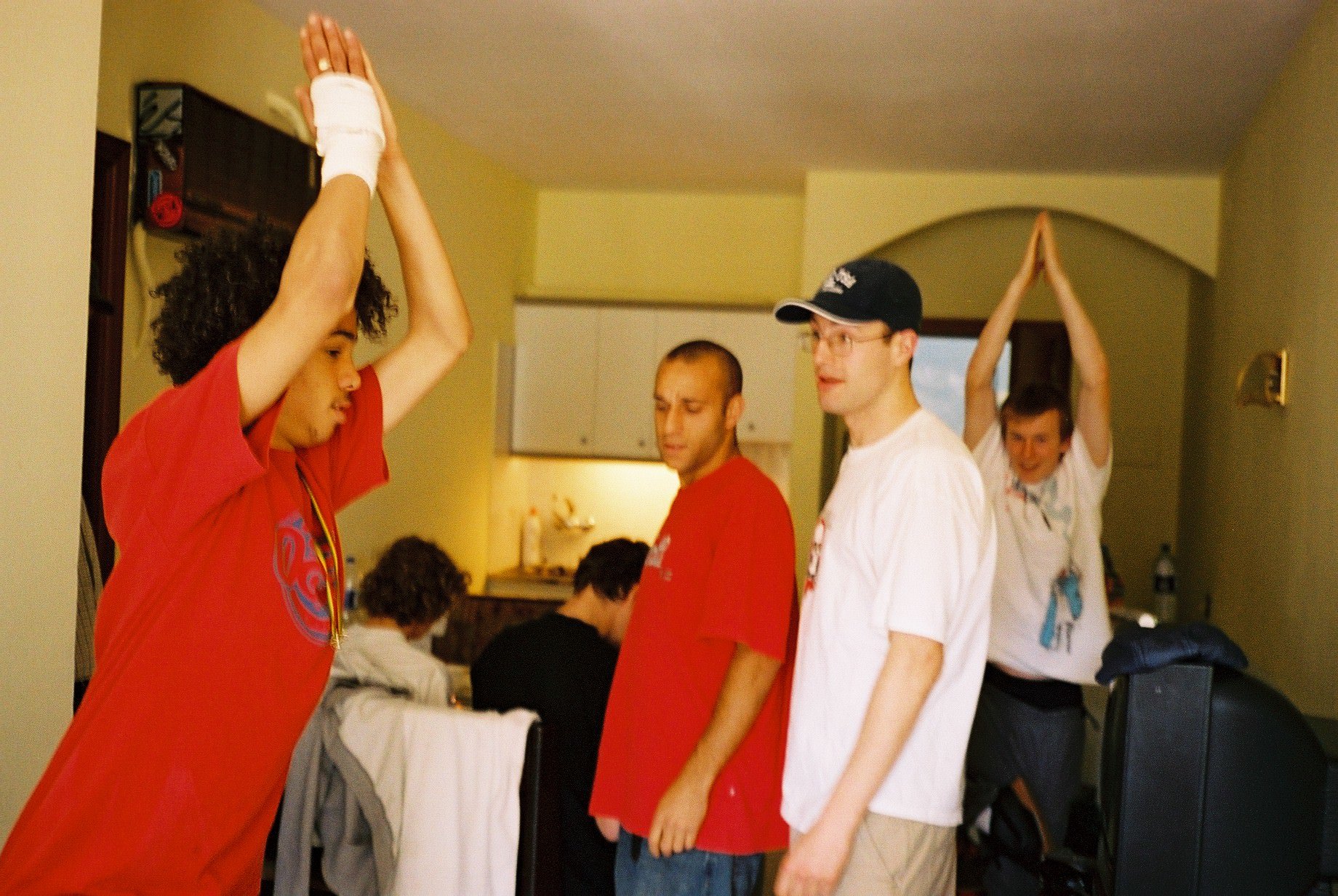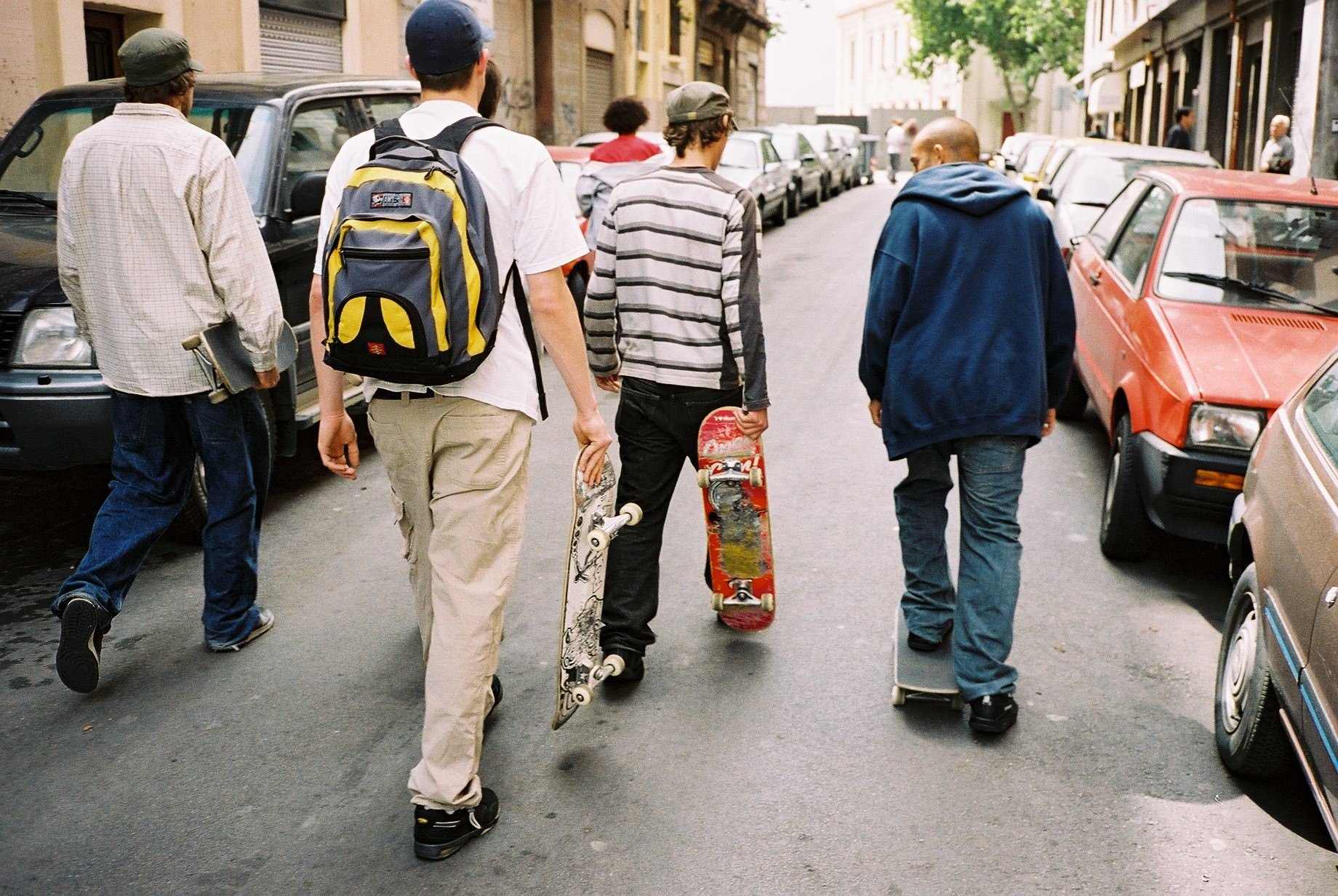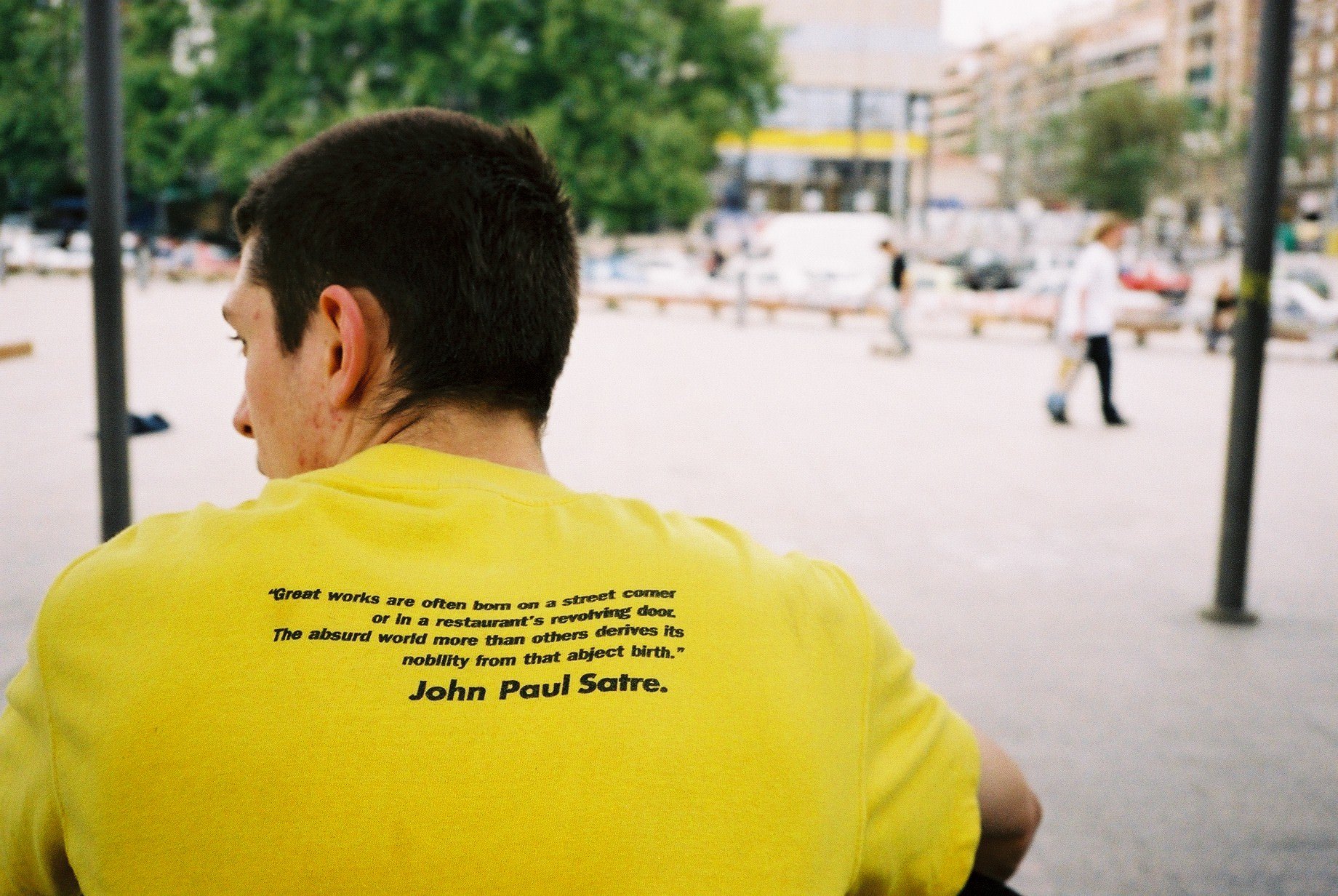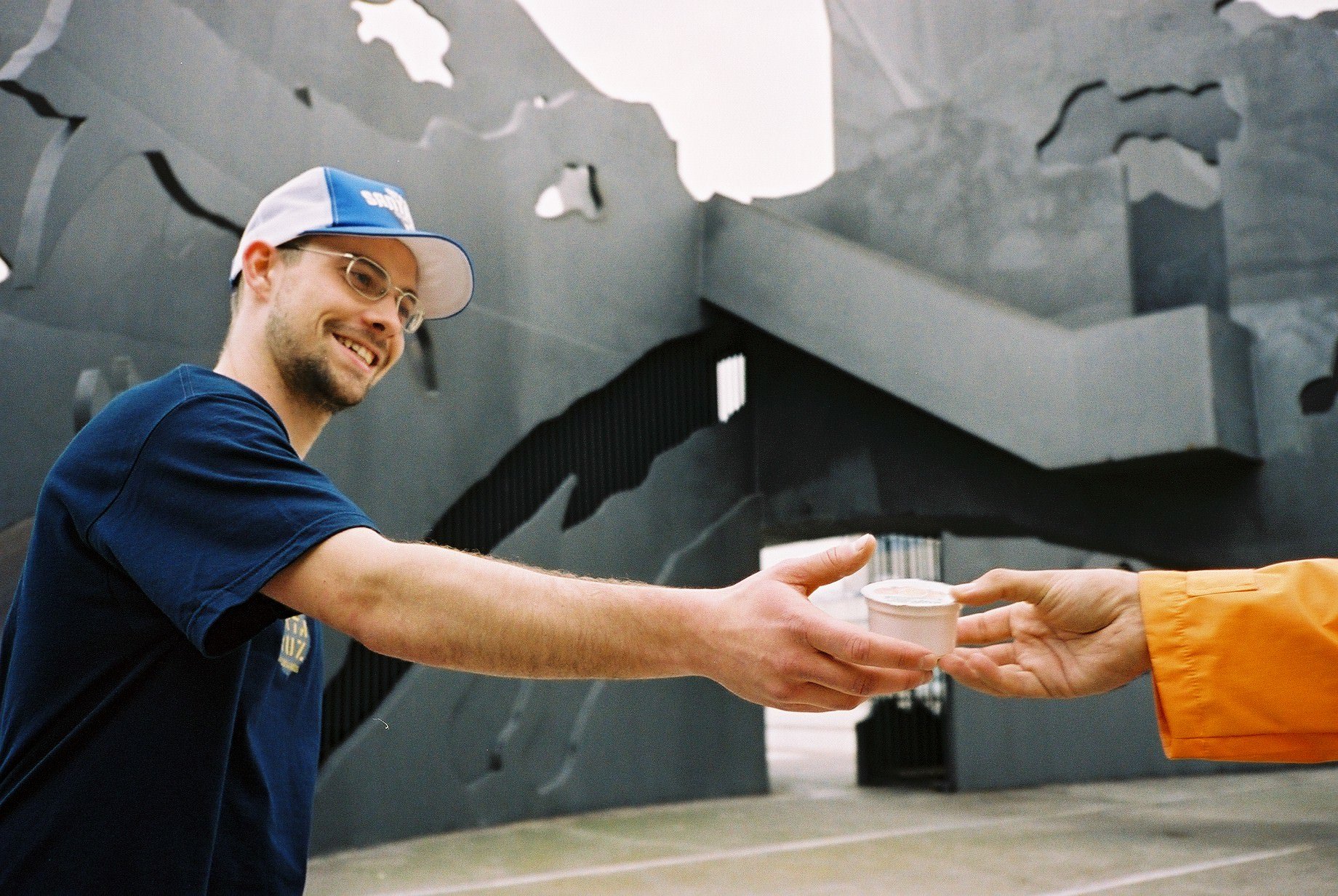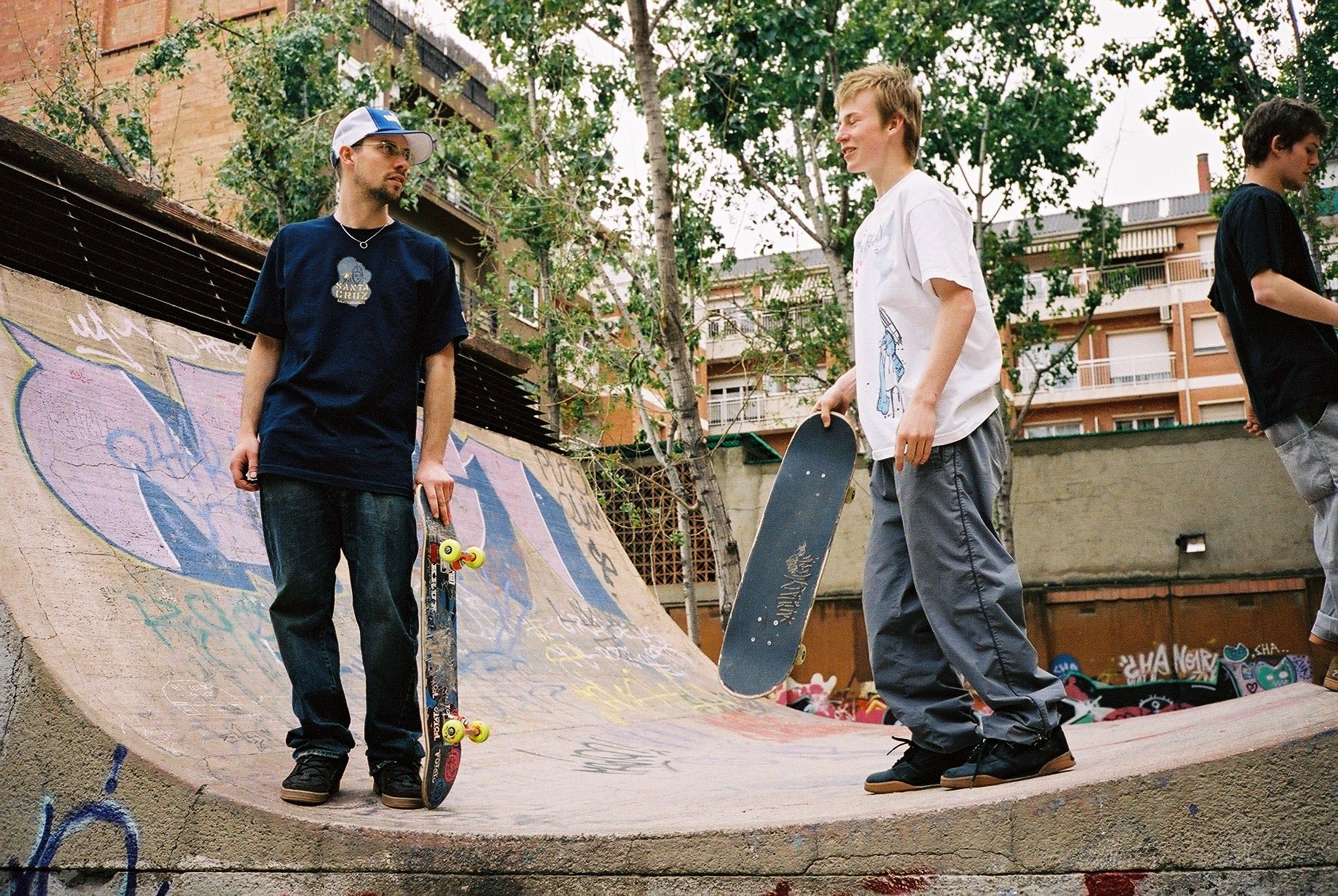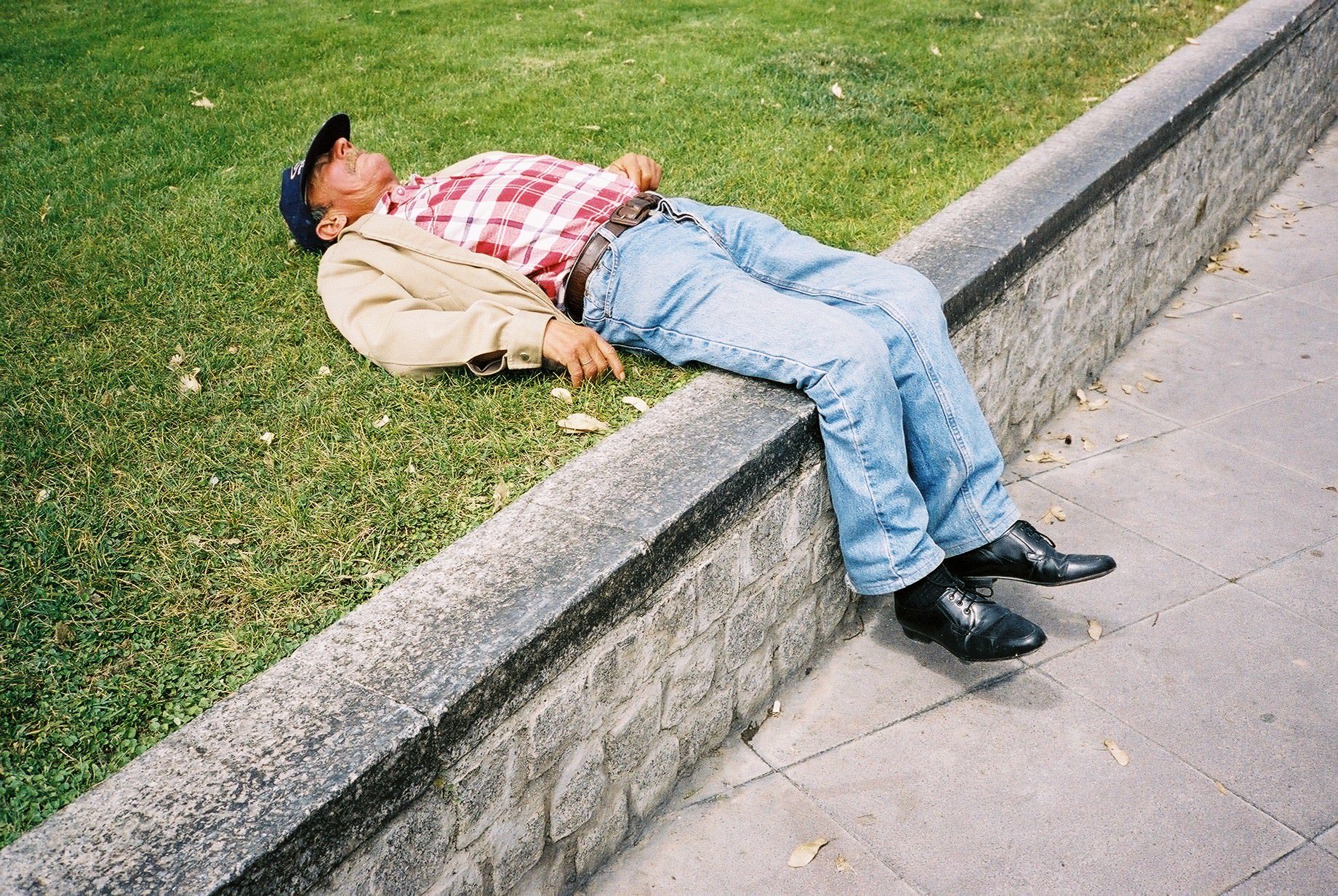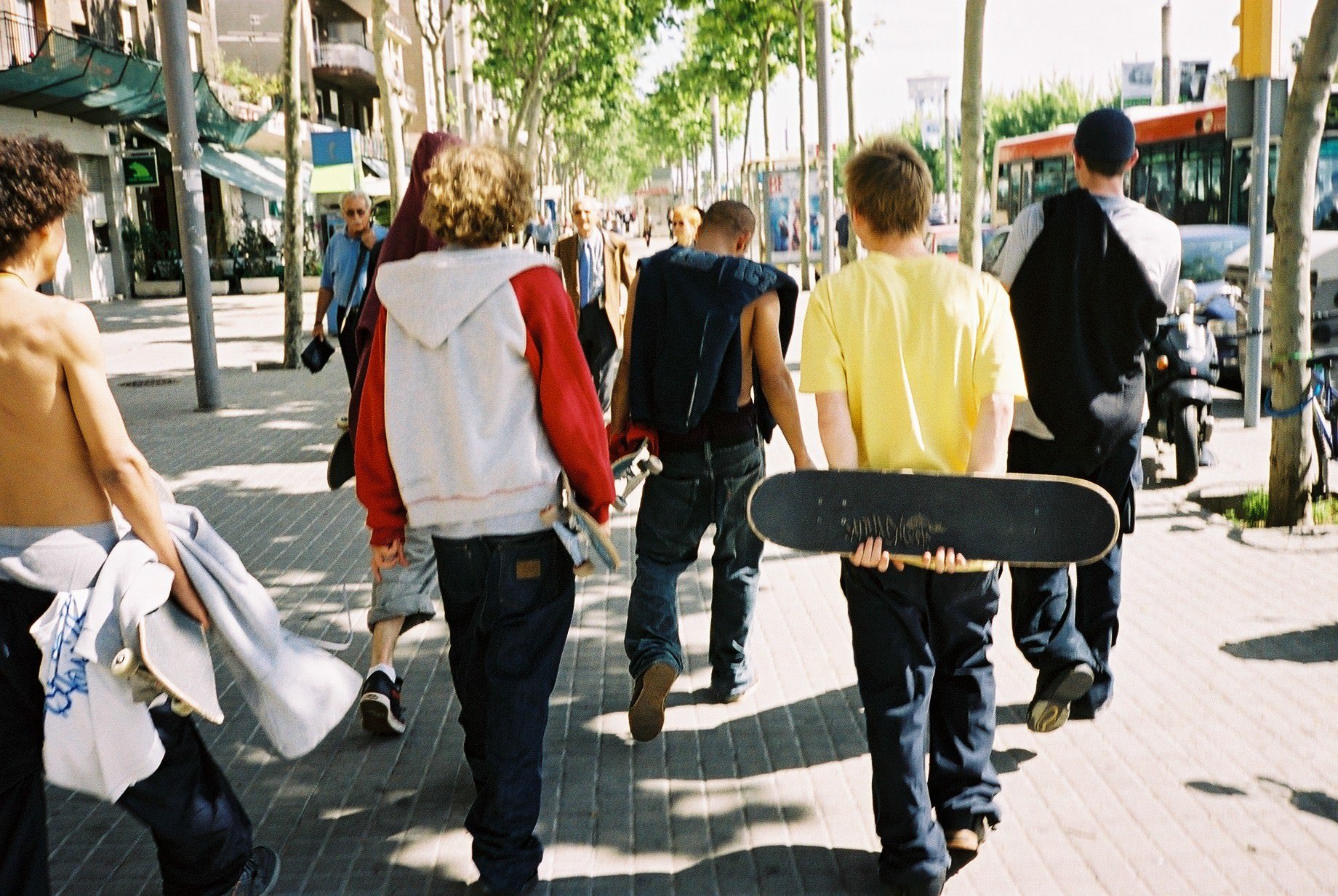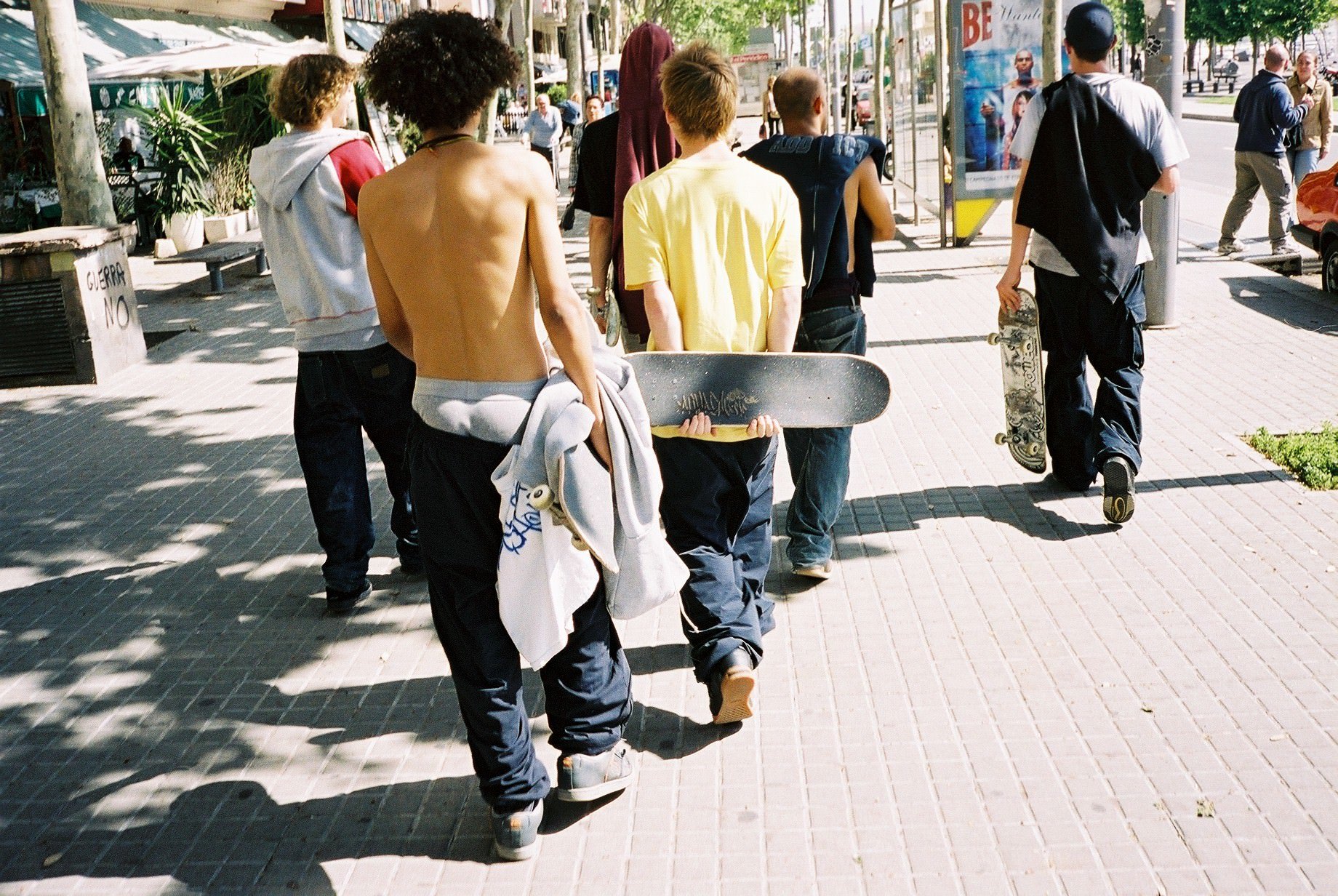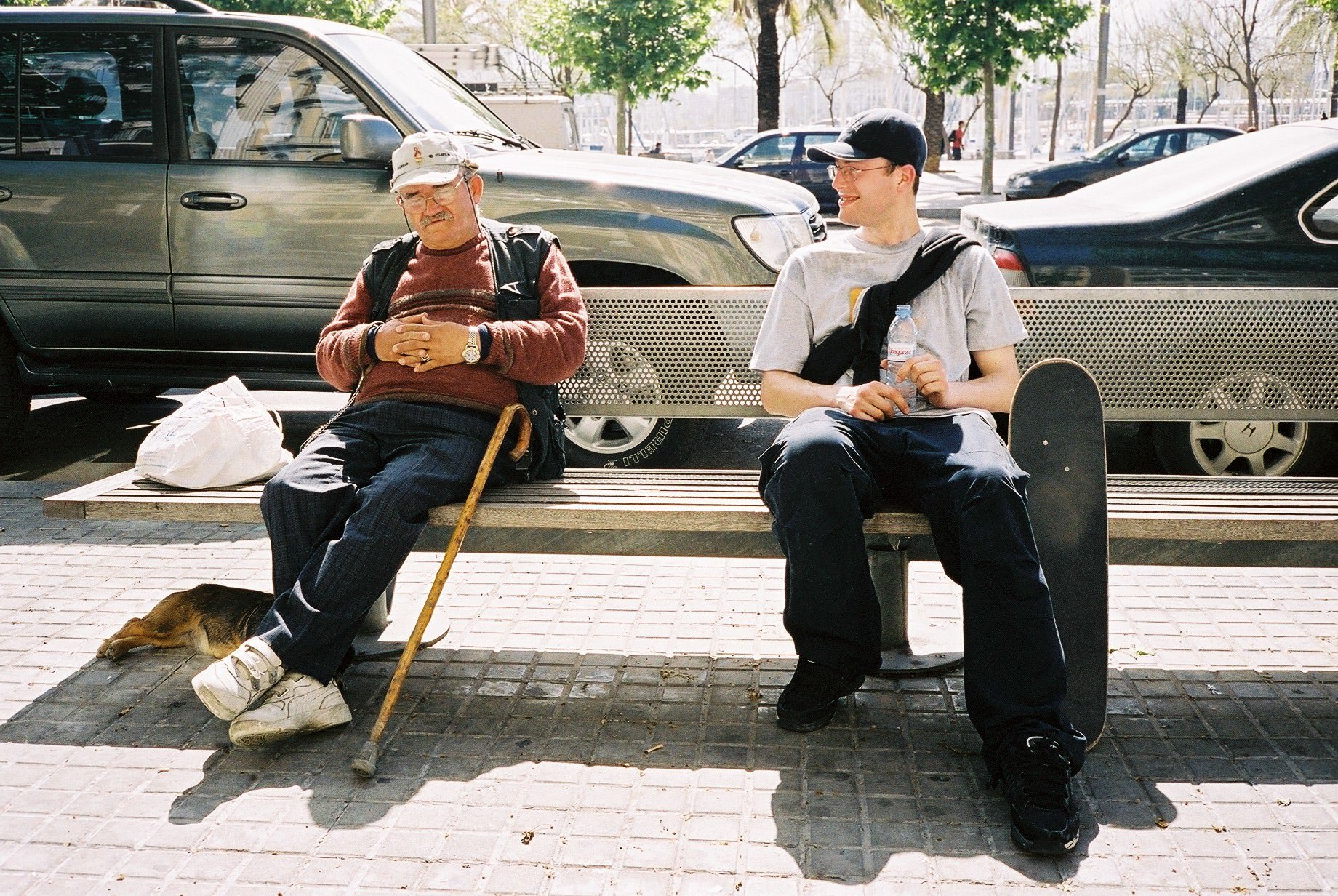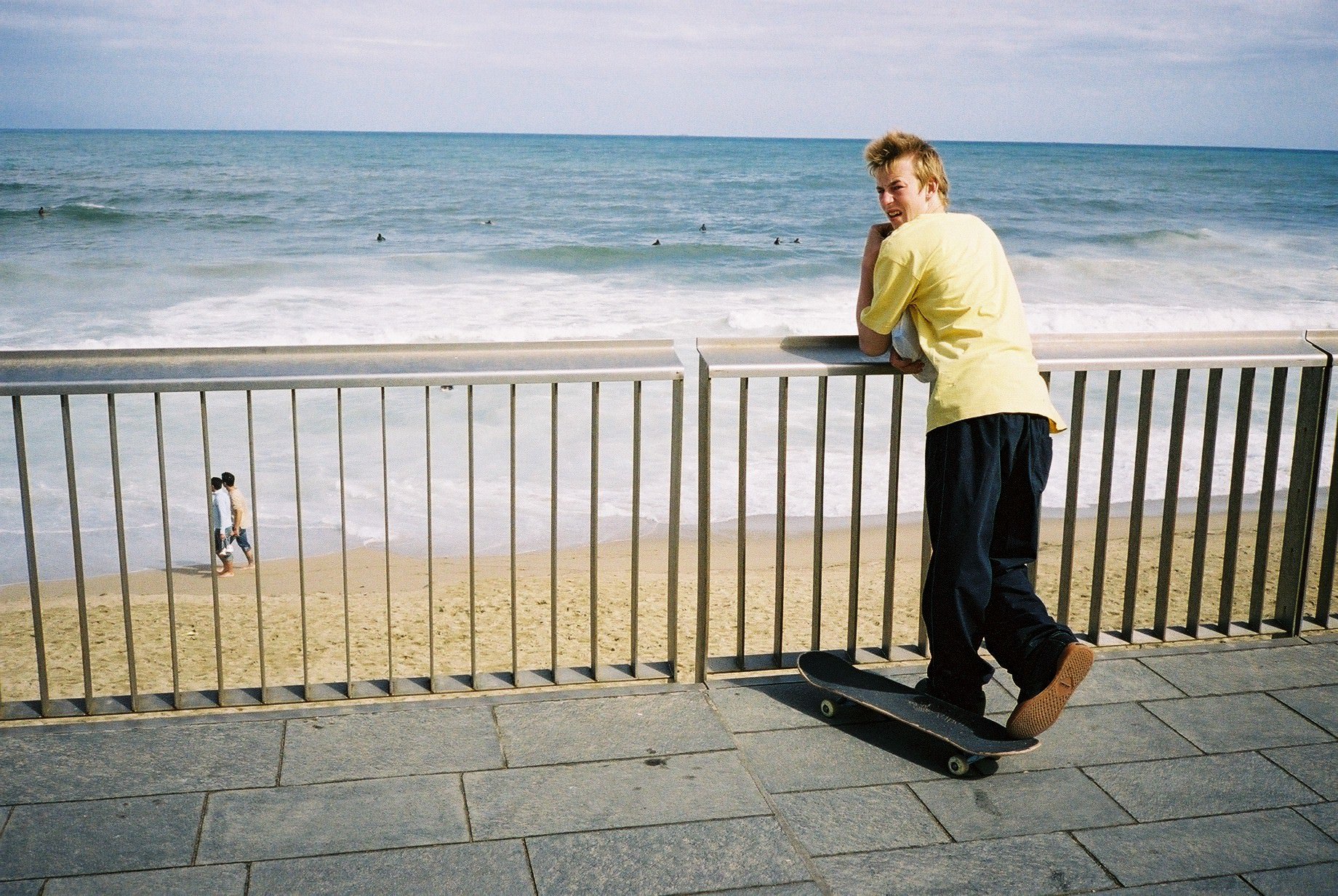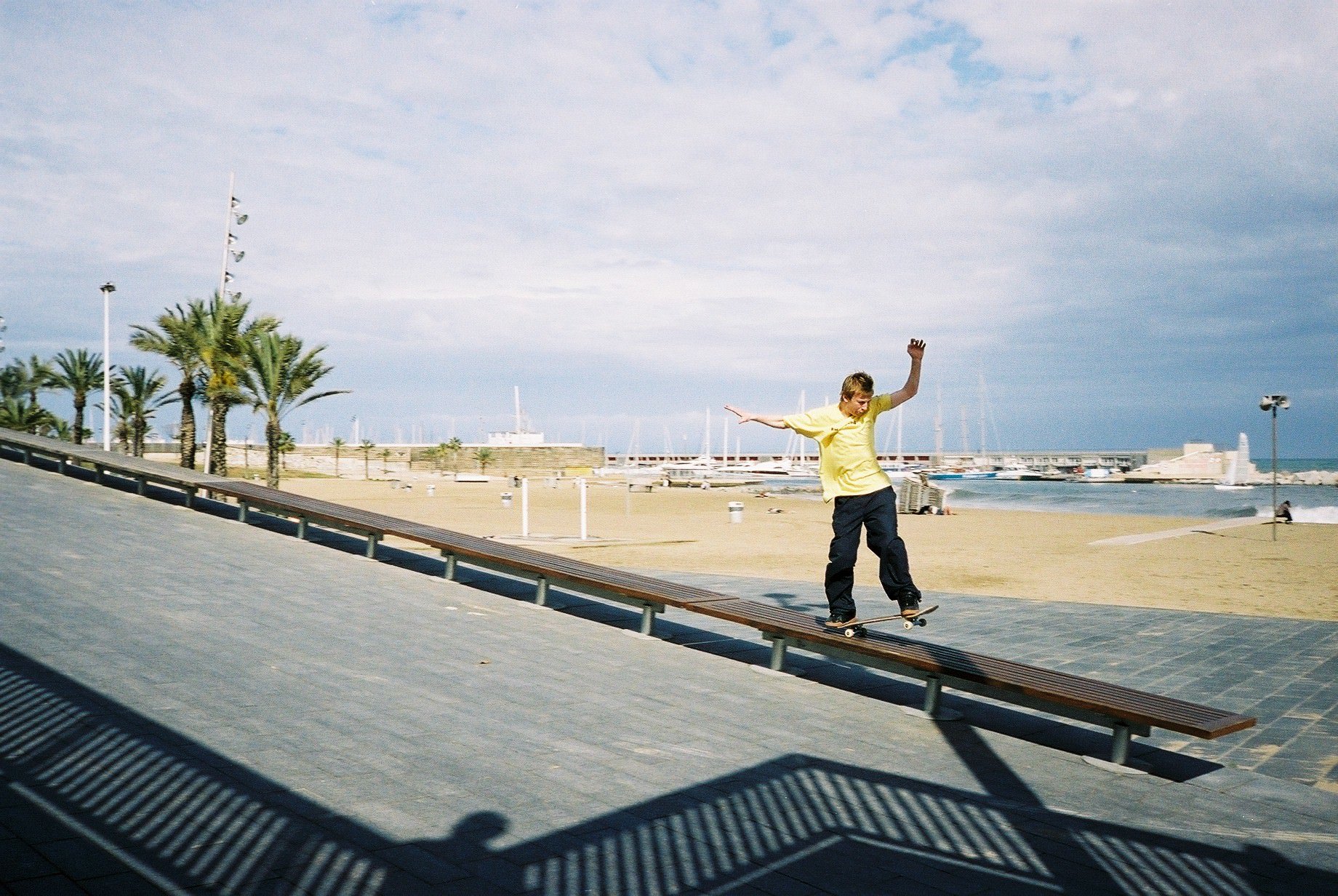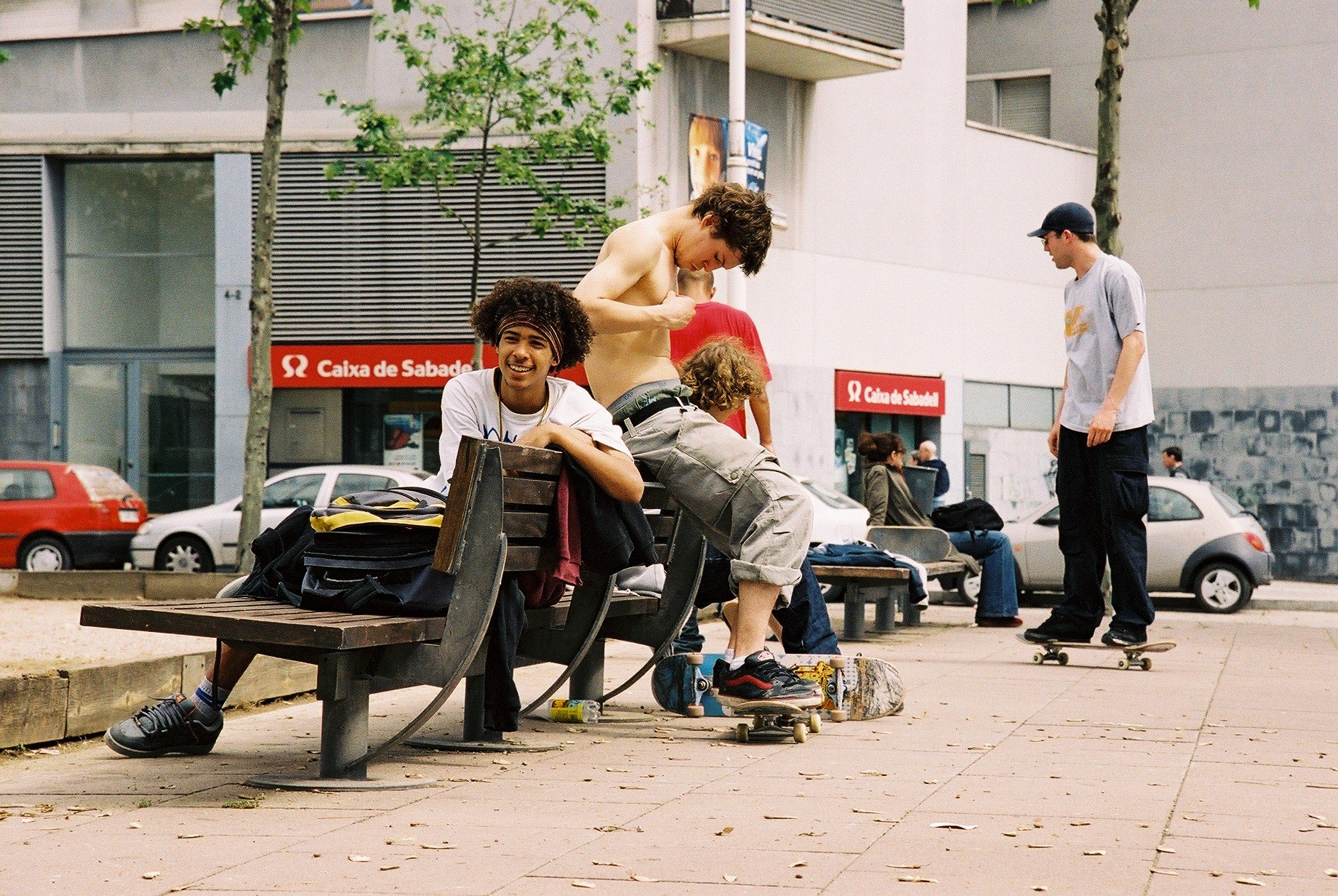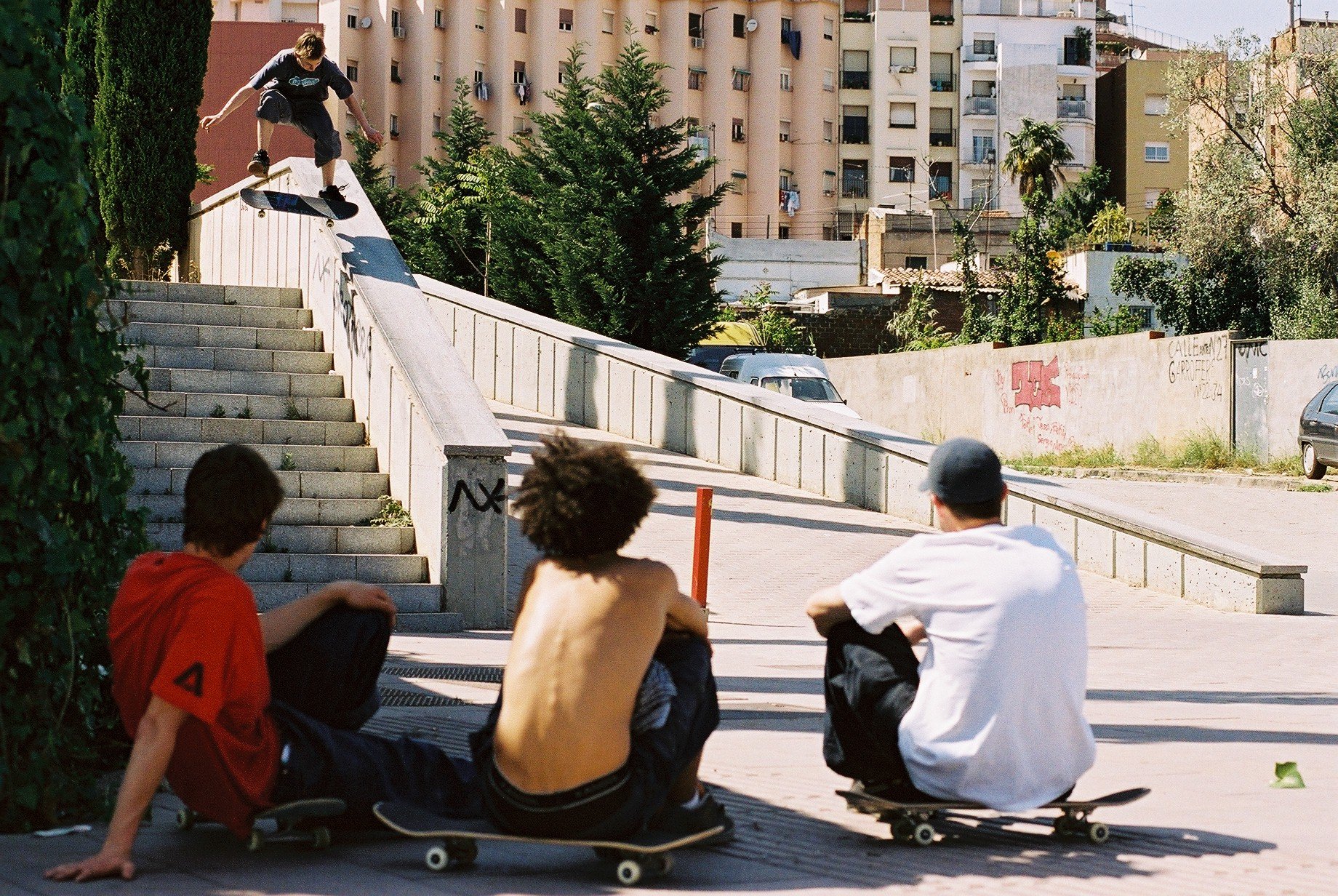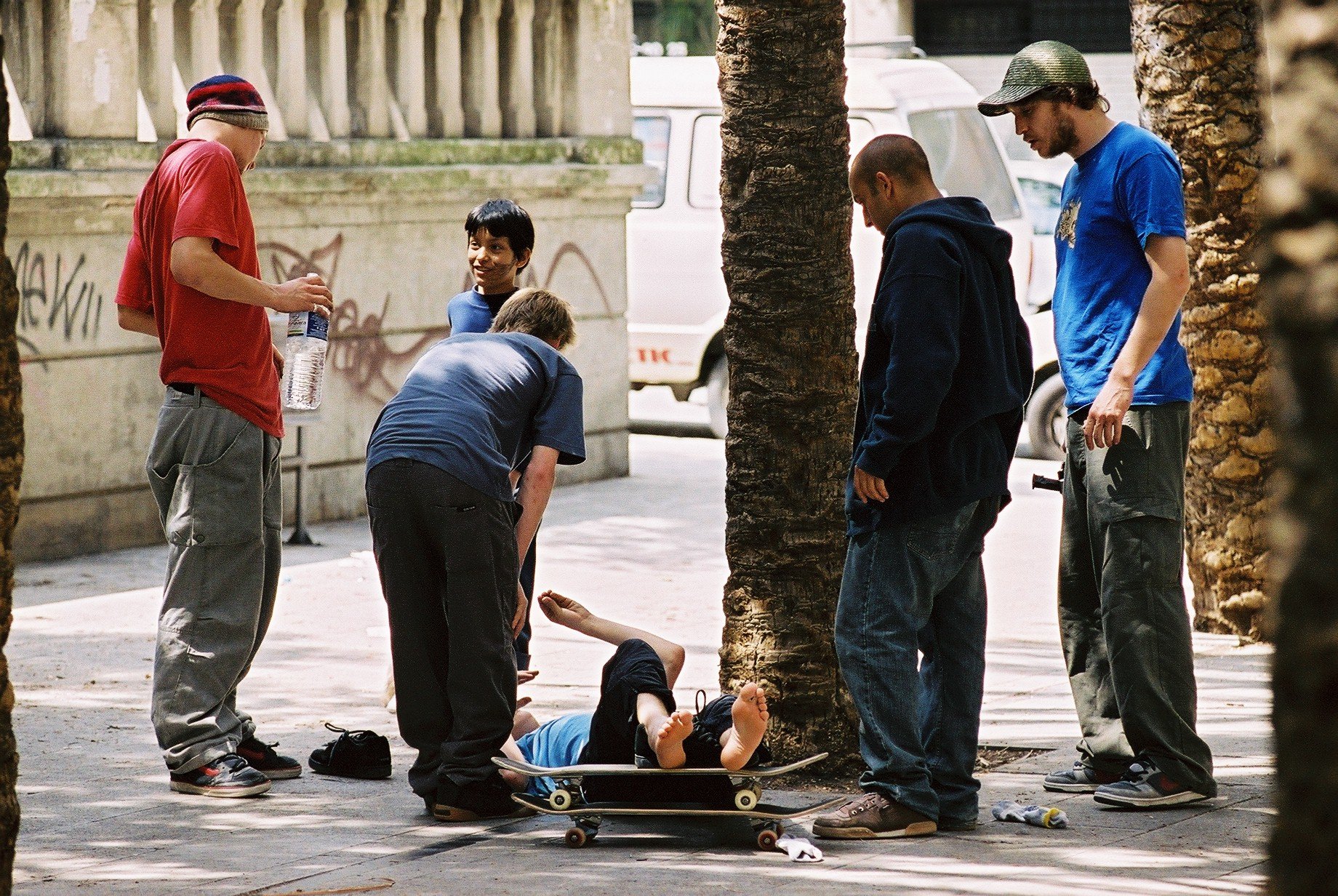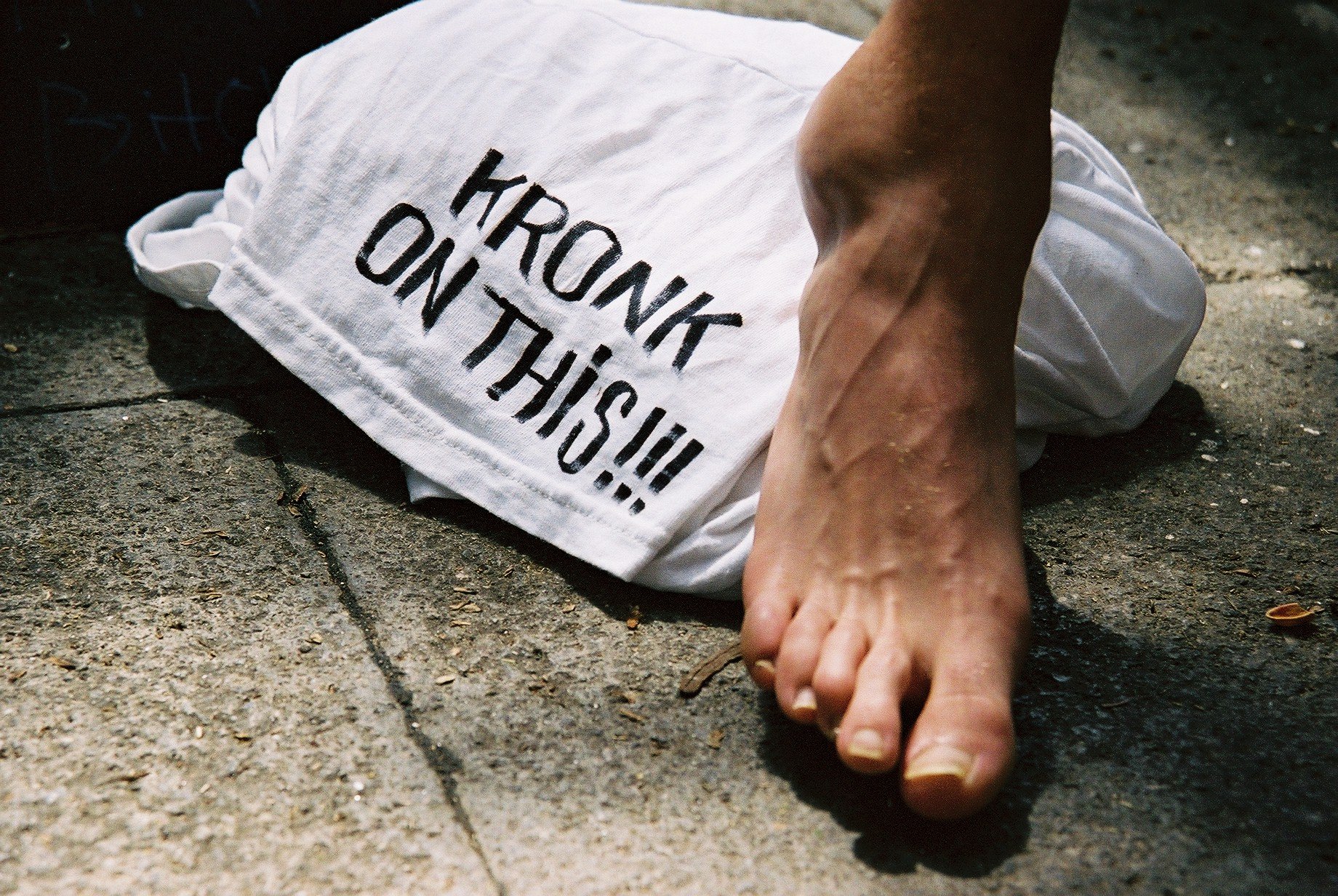In 2003, the 50-50 skate shop team was considered to be one of places you could look for future skateboard talent.
The Bristol based ‘skater owned shop’ was run by Guinness Book of Records highest Ollie record holder Danny Wainwright together with his business partner, well known local and national skate ‘head’ Justin Sydenham and was amongst the most well respected in the country at the time.
Danny was originally supposed to come on this trip to Barcelona but pulled out at the last minute. I remember initially feeling disappointed that he wasn’t coming at the time but looking at these pictures I think it meant that the rest of the team were able to really shine without being in the shadow of the ‘boss’.
Flynn Trotman. Barcelona. 2003.
Flynn Trotman. Barcelona. 2003
Zak Pitter. Barcelona. 2003
Joe Habgood. Barcelona. 2003.
Matt ‘Stalker’ Keal. Barcelona. 2003.
Dan Wileman. Barcelona. 2003.
Joe Habgood. Barcelona. 2003.
Dan Wileman. Barcelona. 2003.
Will Ainley. Barcelona. 2003.
Zak Pitter. Barcelona. 2003.
Flynn Trotman. Barcelona. 2003.
Phil. Barcelona. 2003.
Will Ainley. Barcelona. 2003.
It’s really interesting to look at these pictures and see what I was trying to do or maybe wanted to go ahead and do in the future. None of the images are shot up close with a fisheye, they are all shot from distance and in a couple of the frames you can see I was trying something new.
Instead of lighting the skaters really brightly and overwhelming the ambiance of the city with relatively harsh light, as had become the norm in skateboard photography/media at this point in history, I was trying to use the bright Spanish daylight and ‘augment’ it with a tiny bit of light of my own. It was an attempt to try and leave the skaters to themselves and document what was going on rather than setting up the ‘studio in the street’ and interfering with the session.
A note about film stock and processing for those interested in such things;
This entire set of images was shot on colour negative film. Kodak Portra 160NC to be precise. After the negatives were developed, in the usual way, a Fujifilm Frontier® machine would have taken care of the digitising, making the scans/pictures presented here virtually autonomously.
Using film and having it digitised in this way at the time, was the precursor to digital workflow, a huge change in the photography world that would bring about an added agency to photographers the world over. For better or for worse.
I am only able to present this story in this form because it was shot and digitised in this way and the CDs containing the entire shoot presented themselves back to me in my archive.
CDs = Compact Discs, remember those?
The Fujifilm Frontier® machine was and still is capable of creating very high resolution files from film and really was the peak of technology before the ‘demise of film’ in the mid 2000s.
But maybe we can keep the ‘demise of film’ and the subsequent ‘rebirth of film’ in the late twenty teens and early twenty twenties for another day and another post here.
